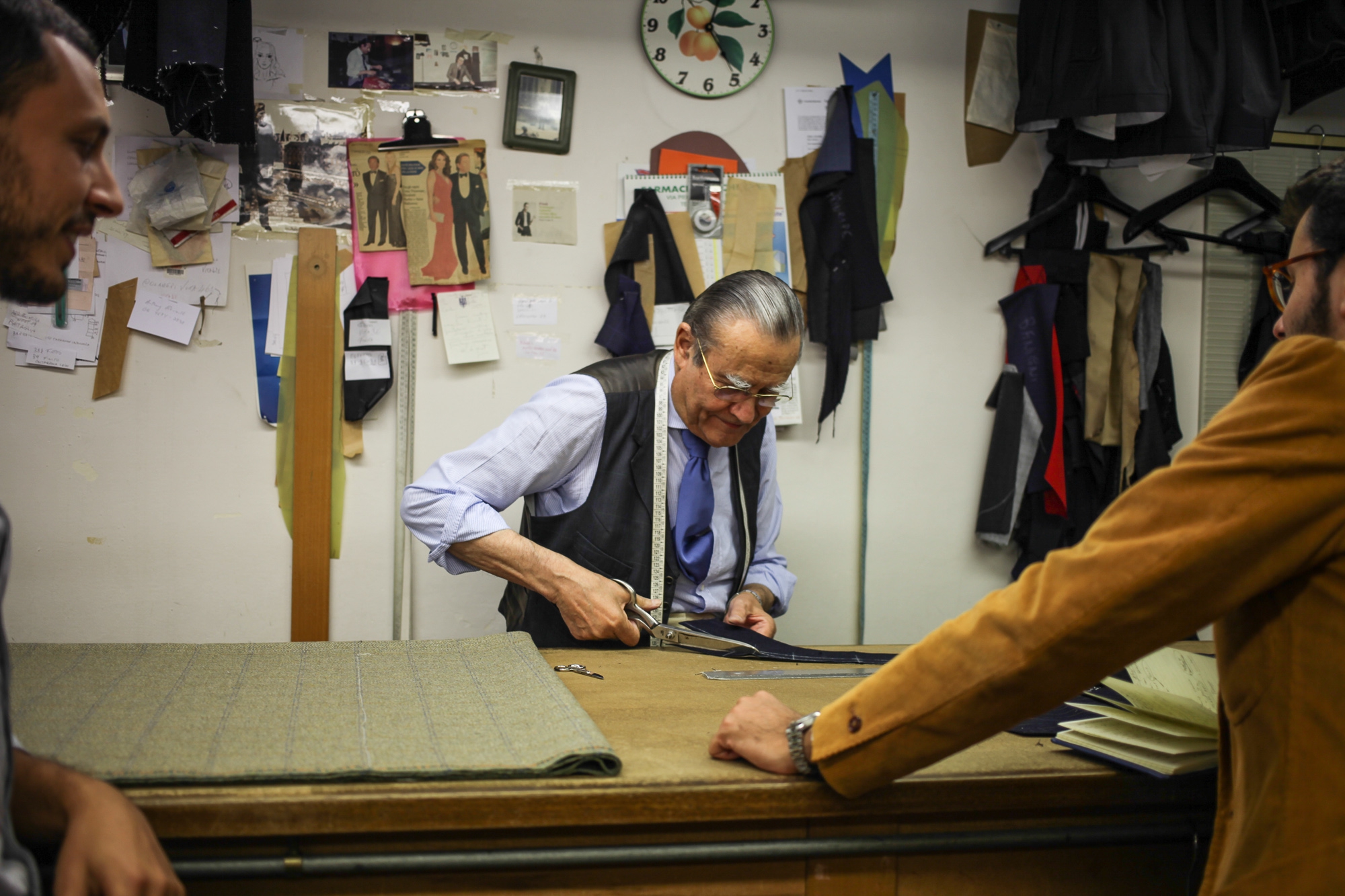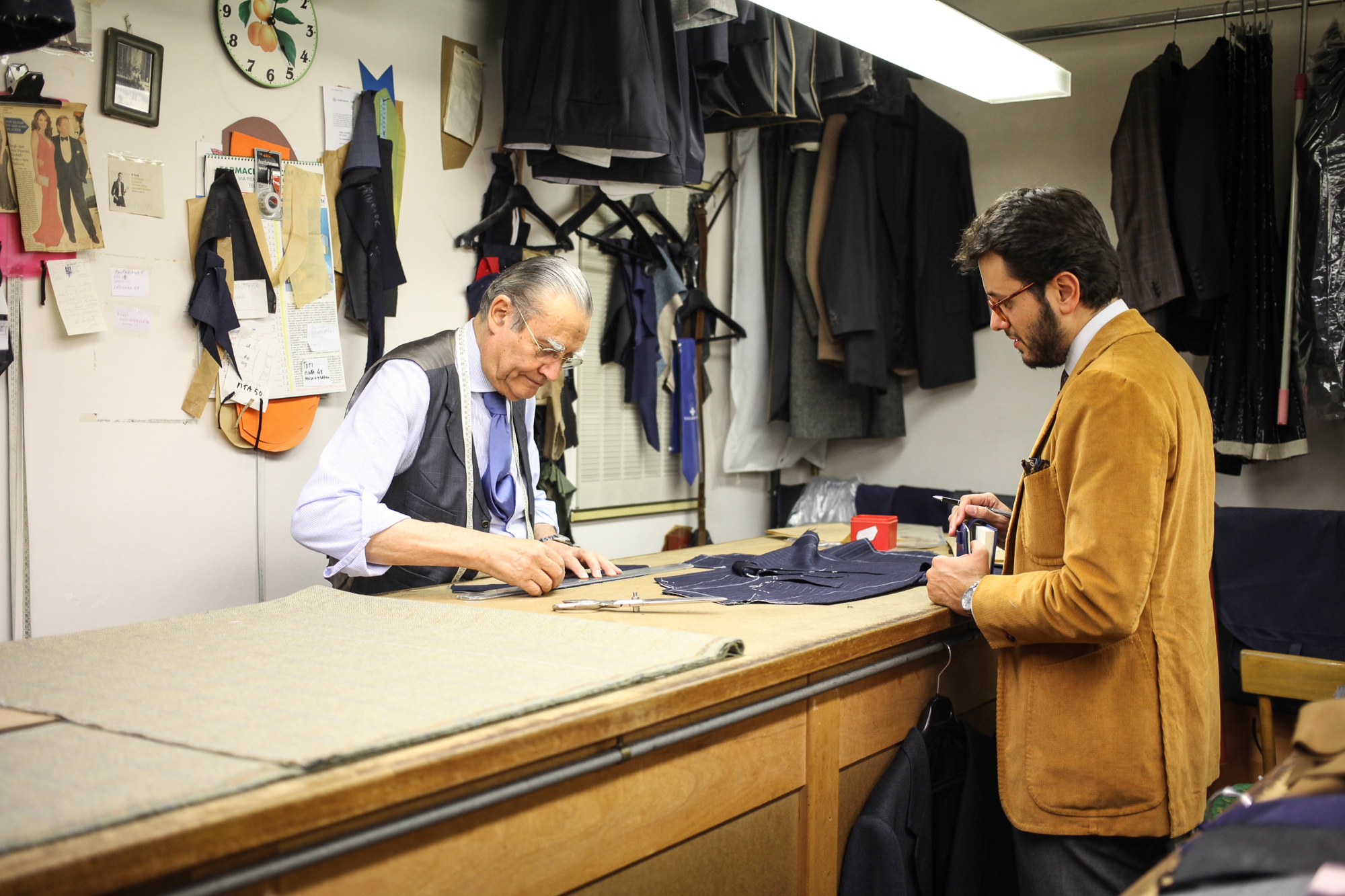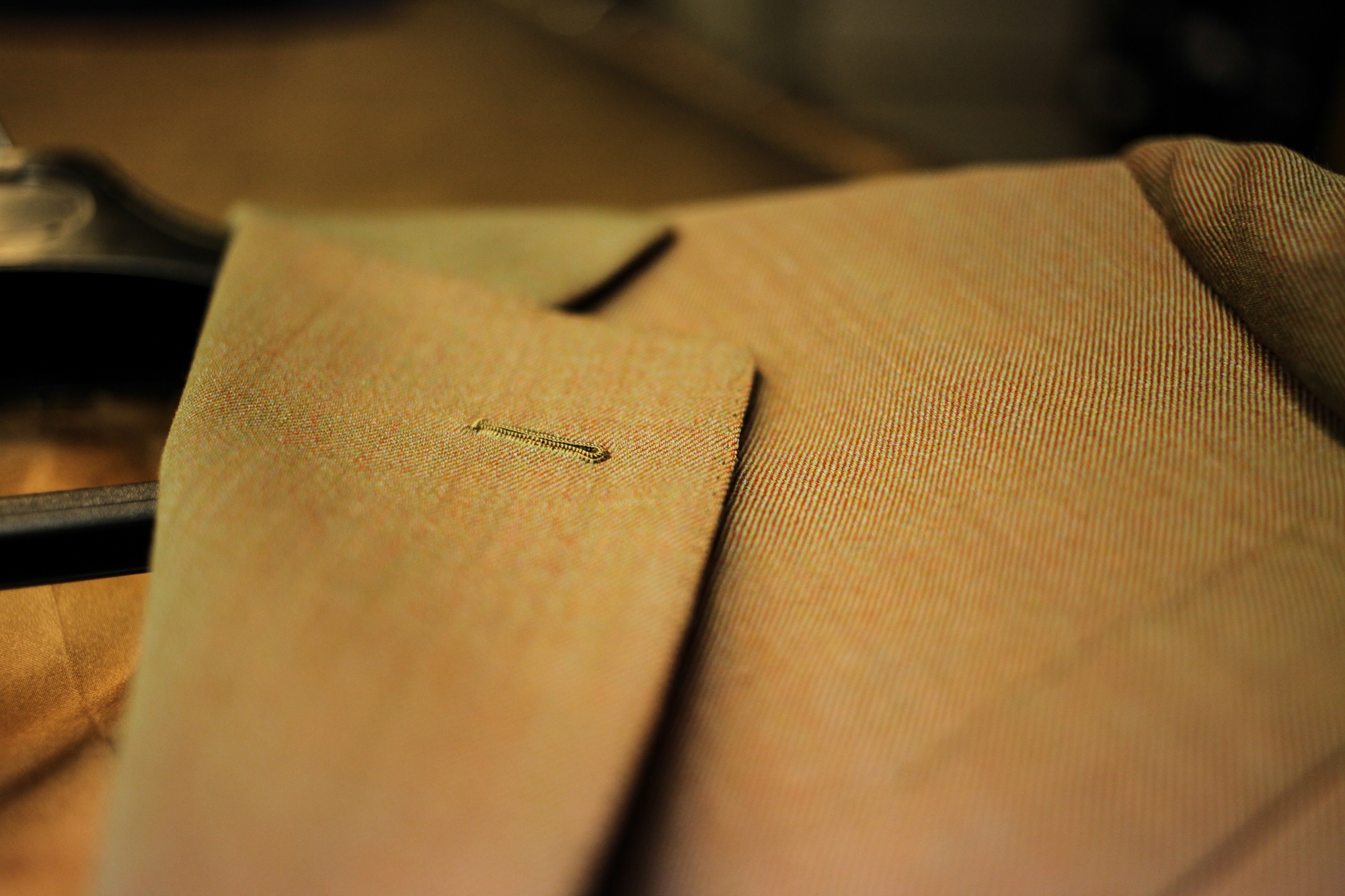The chief reason behind my visit to Tommy and Giulio Caraceni was simple: to understand if there is such a thing as a Roman jacket and, if so, to get to know what its distinguishing features are. I am welcomed at the atelier by Andrea Caraceni - born in 1987, the same year as myself – the nephew of Tommy, co-founder of the business. If it were not for the LED screen linked to a security camera, the furnishings would lead me to believe I had been teleported back to the 1950s, or even further back in the past. Time here seems to have stood still, to allow this temple of men’s elegance in the capital city to be preserved intact.
In the cutting room, I am introduced to Mr. Giancarlo Tonini, who for time immemorial has been the head cutter in this tailor’s workshop. Tonini proudly declares that he counts Valentino Garavani amongst his most faithful clients, his words substantiated by the newspaper cuttings hung on the walls portraying the noted designer wearing an impeccable tuxedo with a low-buttoned waistcoat.
I am awestruck by the number of “rules” which define the Caraceni style. The lapels, for example, range between a width of 9cm for the classic version, to 9.5 for the more casual jacket, only in rare cases exceeding these measurements; the armhole is strictly open, the turn-up of the trousers is 4.5cm while the jacket shoulder is always slightly thicker than usual, neither too flimsy nor disproportionately abundant, but well-rounded with padding. The lines of Tommy and Giulio’s jacket are reminiscent of those from A. Caraceni in Milan, and in reply to my question about what differentiates their products from those of their Milanese cousins, Tonini limits himself to stating that theirs is a snugger fit. And they do not use predefined canvas, but they do work the collars and lapels with the renowned Strobel machine. A long, elegant buttonhole without the keyhole end catches my eye, before they are drawn irresistibly to another detail: it is the slightly concave line of the stitching between the neck and the lapel (see photo below), which I take to be a Careceni signature piece, as well as the peak lapels in the shape of an olive leaf. And for delectation of all those who obsess over the finer points, there is another trait which characterises their work: three buttons on the sleeves for single-breasted jackets, four for double-breasted ones. The entry price, in the end, is €3500 and the final suit is ready in one month.
All things considered, my visit helped confirm that Caraceni jackets, wherever they are crafted, have their own style that cannot merely be classified by its geographical location. Indeed, it would be no exaggeration to state that Caraceni is in a class of its own.
Bespoke hugs,
Fabio
Credits:
- Tudor timepiece
- TBD Eyewear Glasses



.jpg)
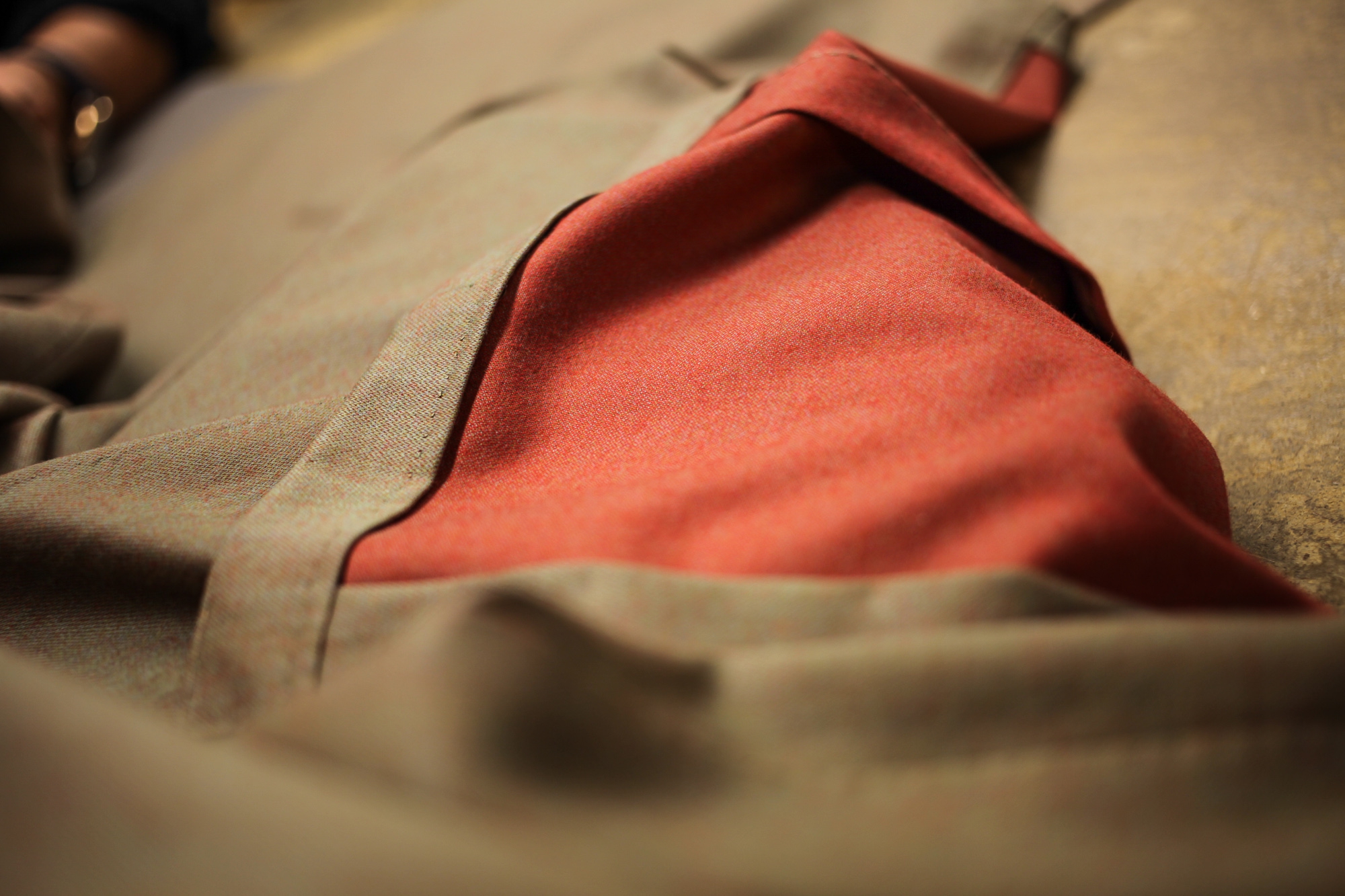
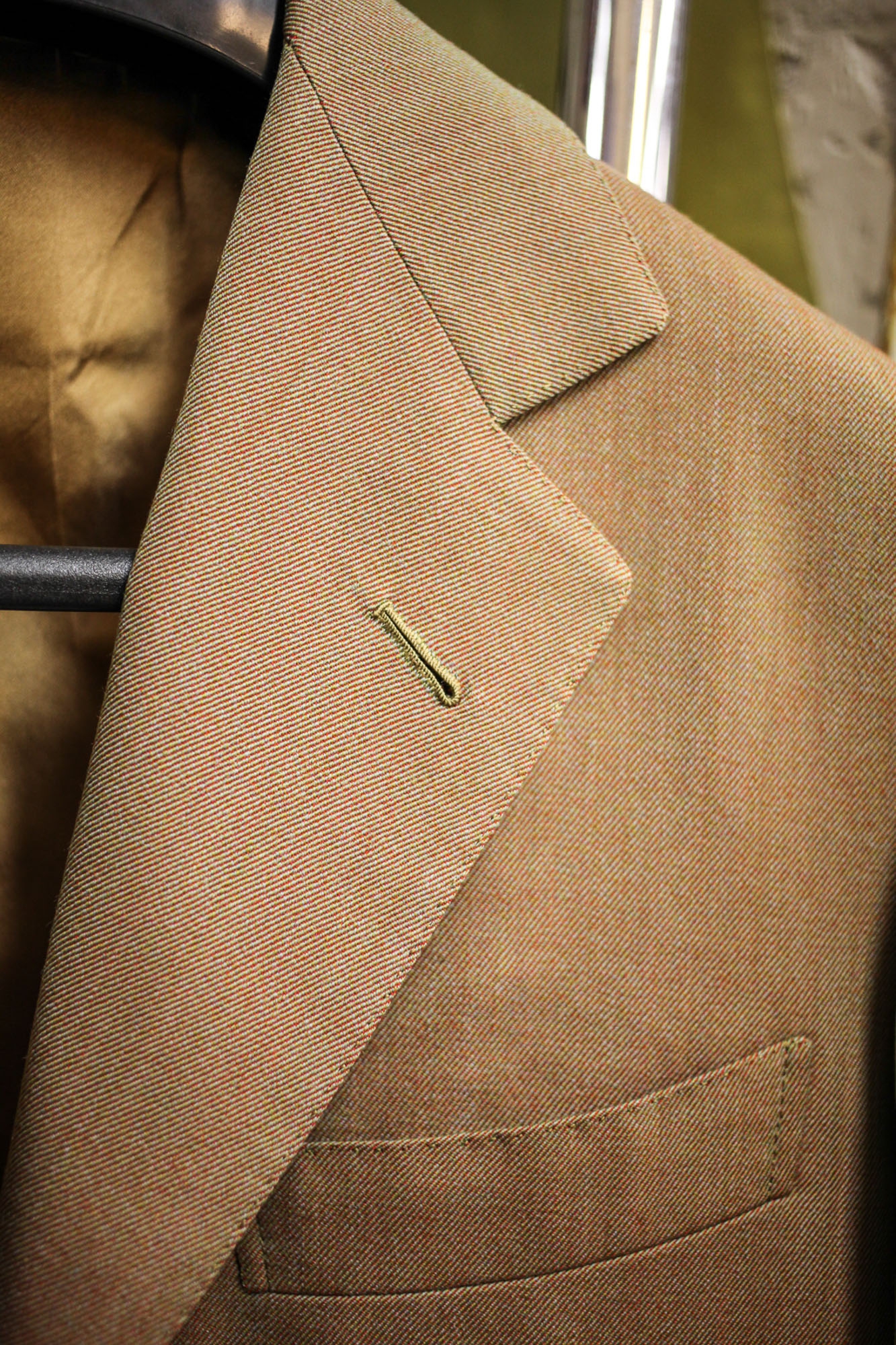
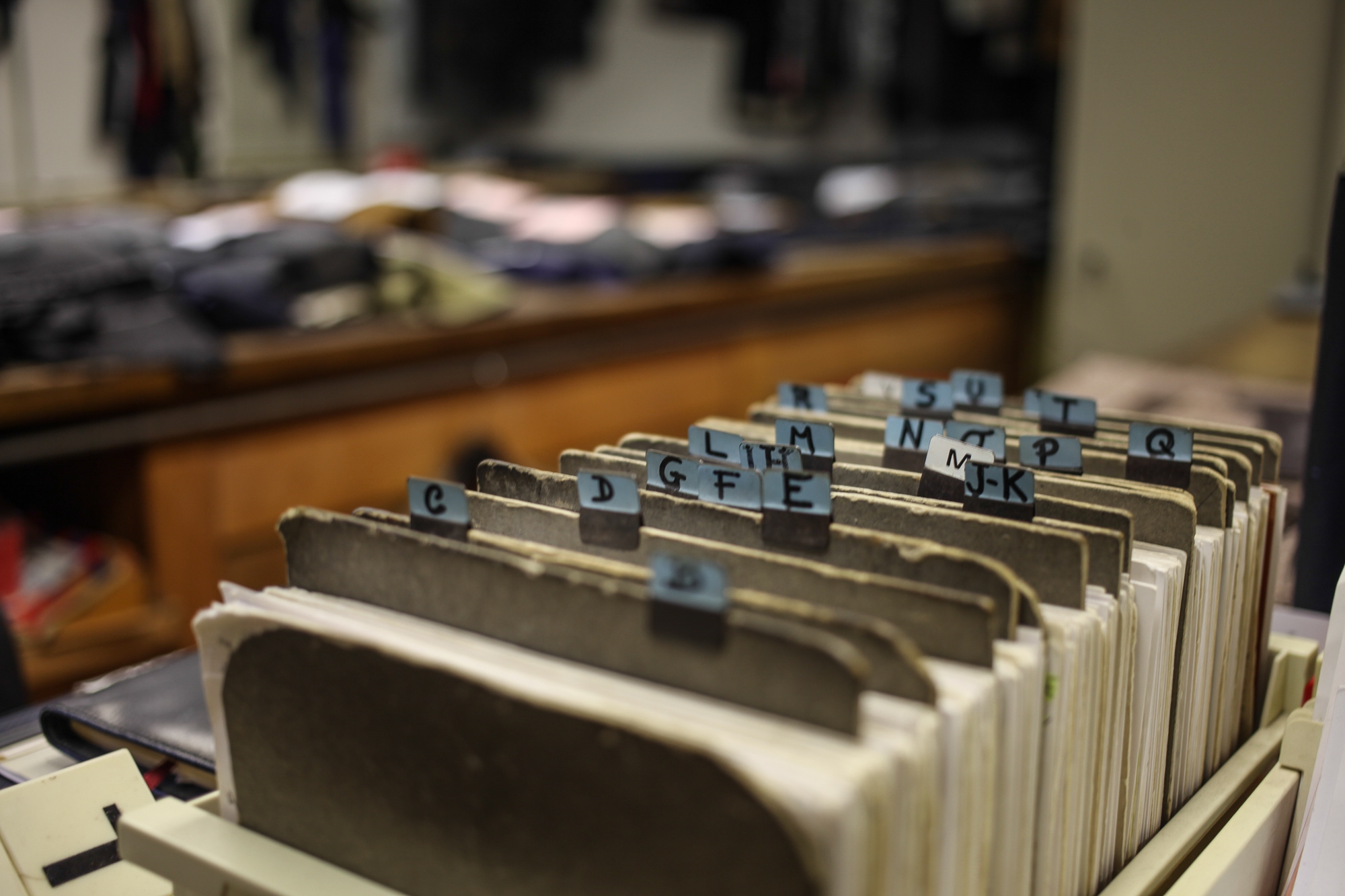
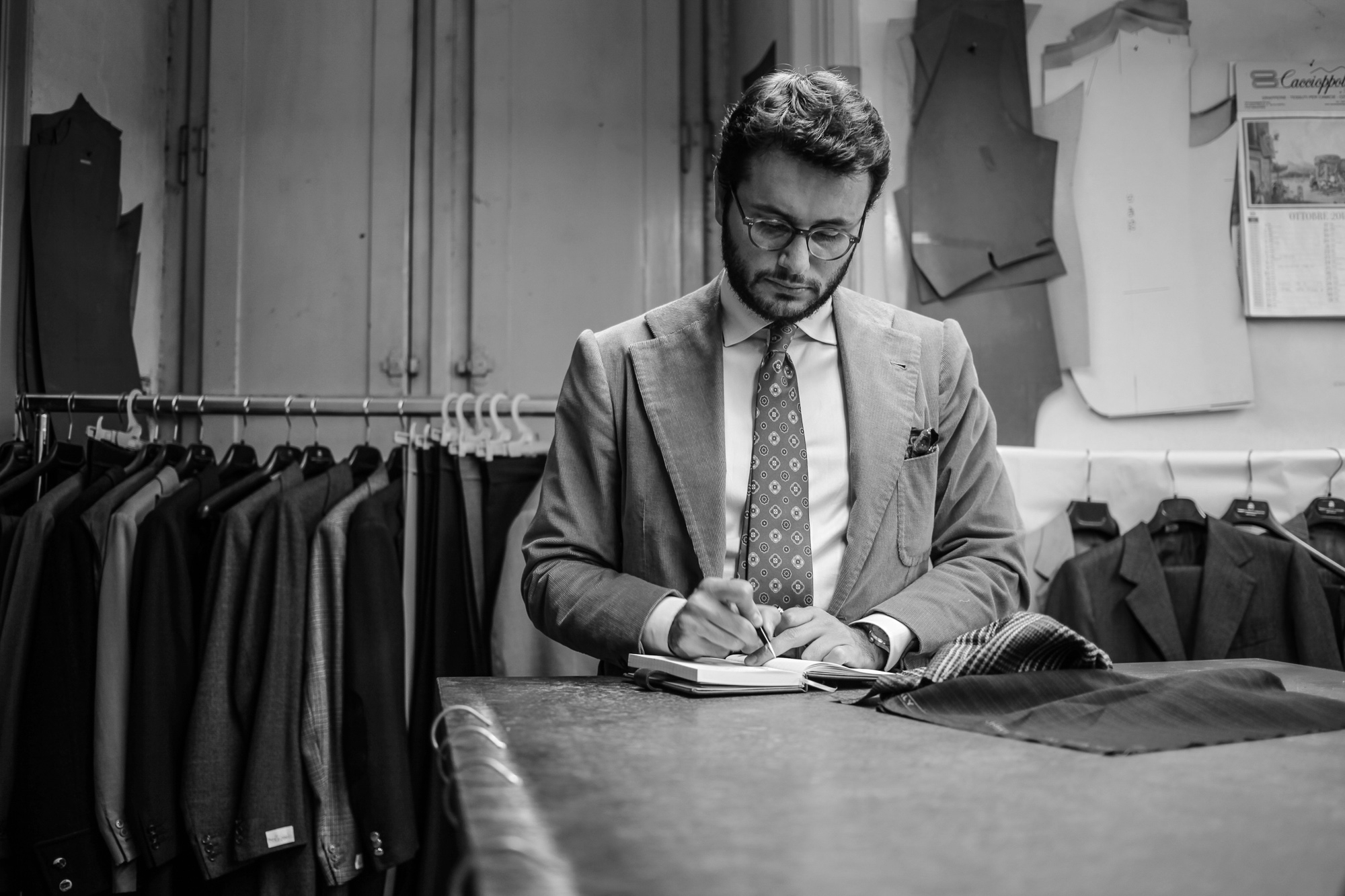
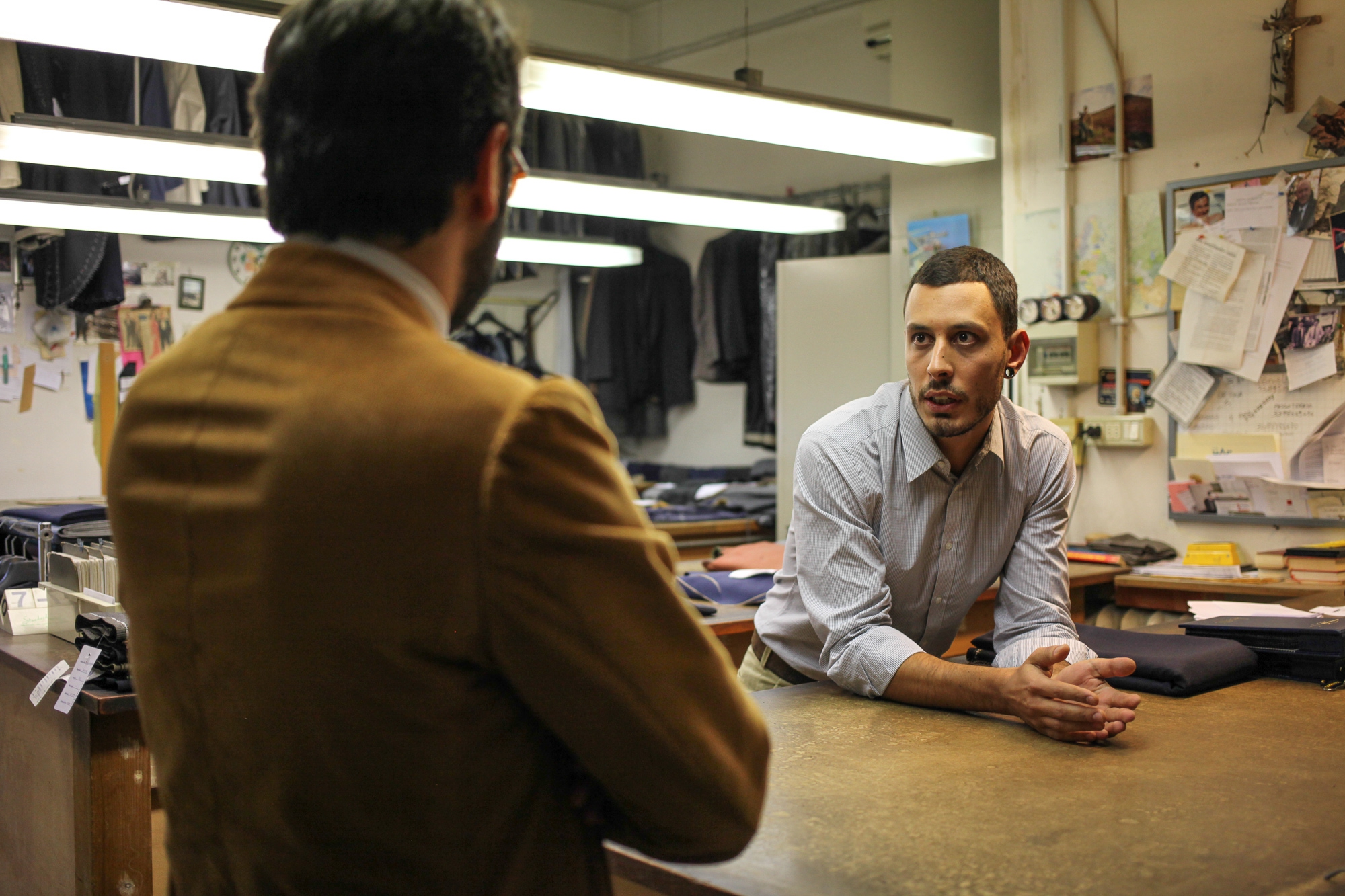
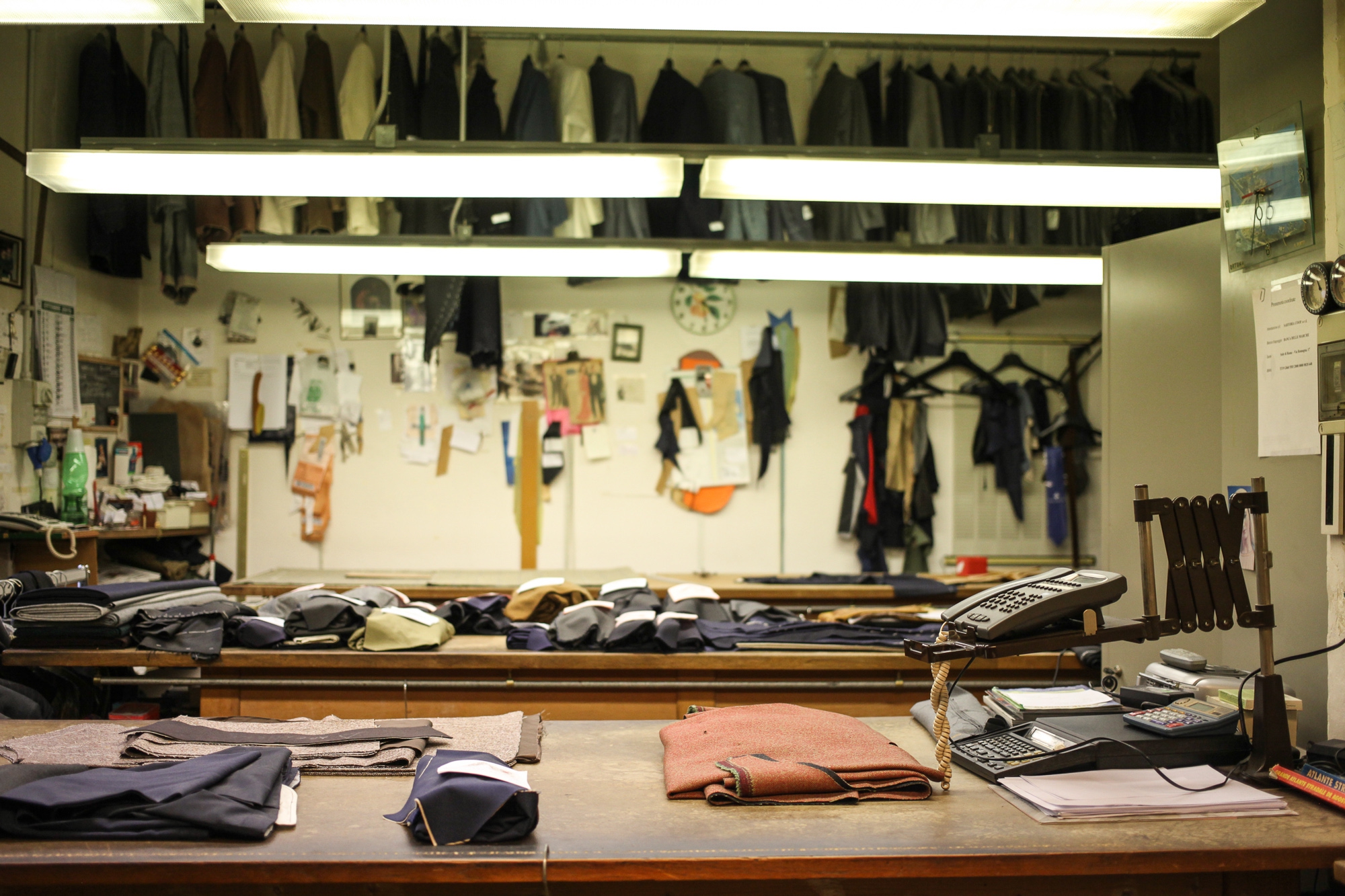
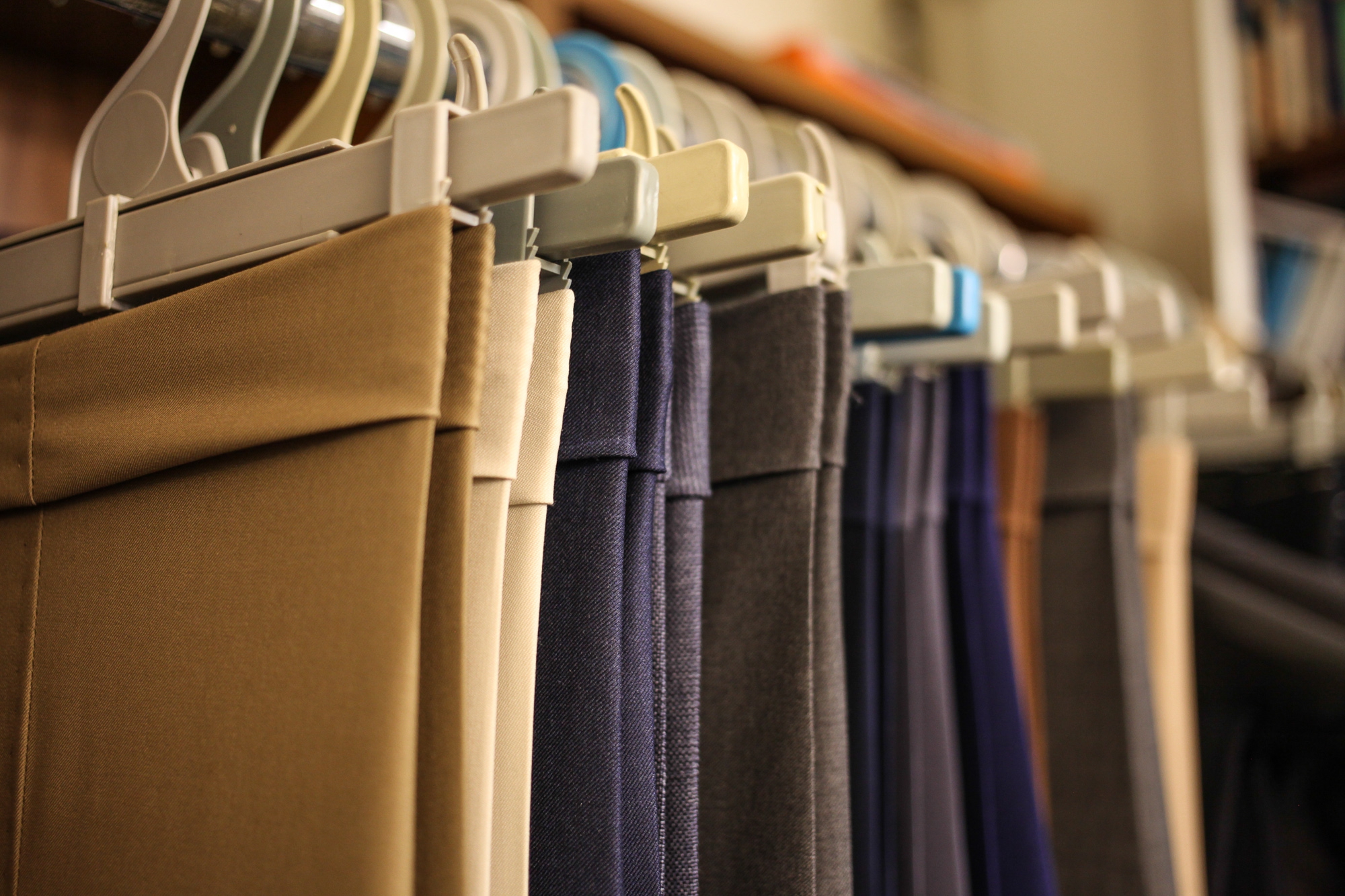
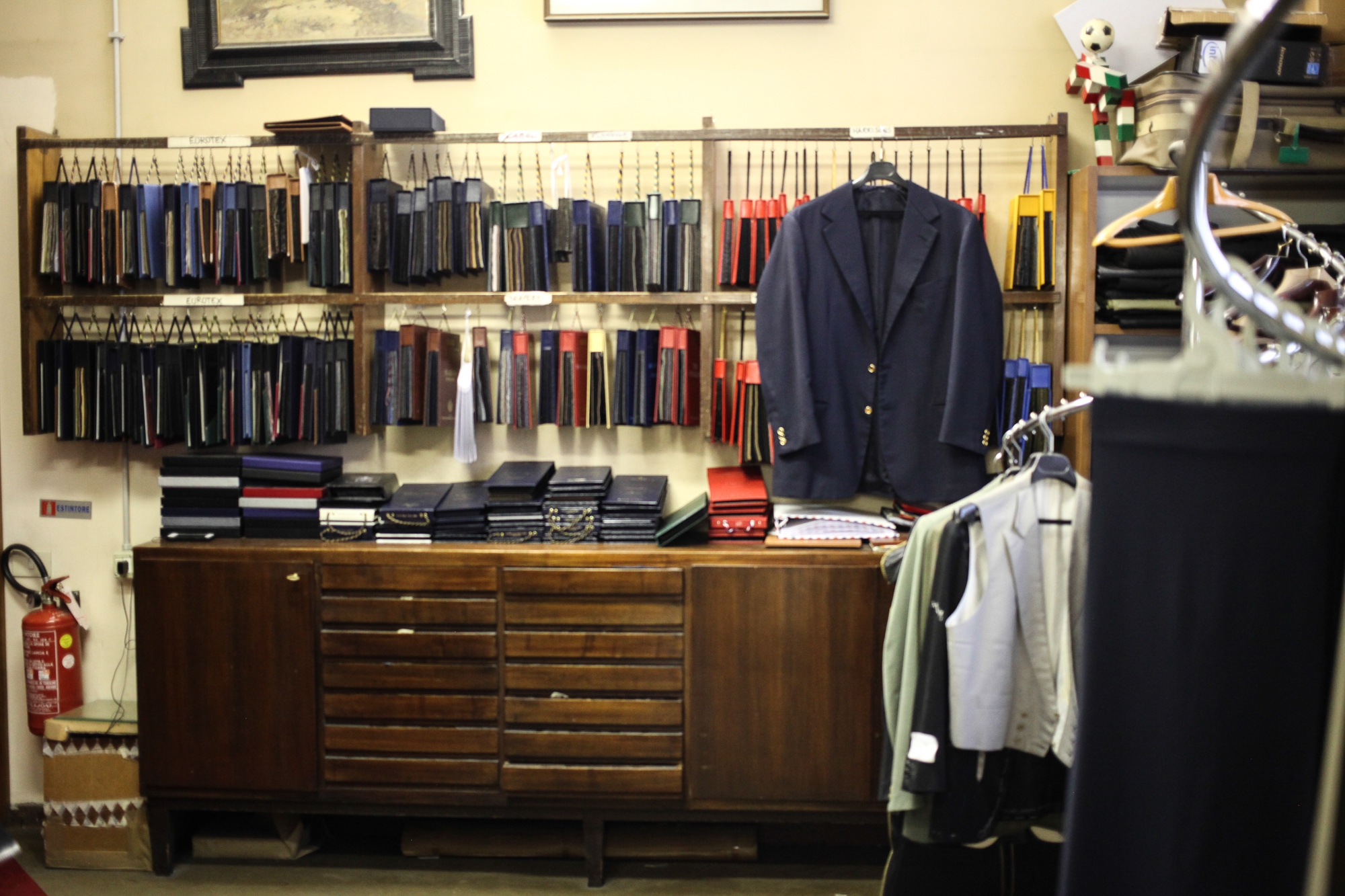
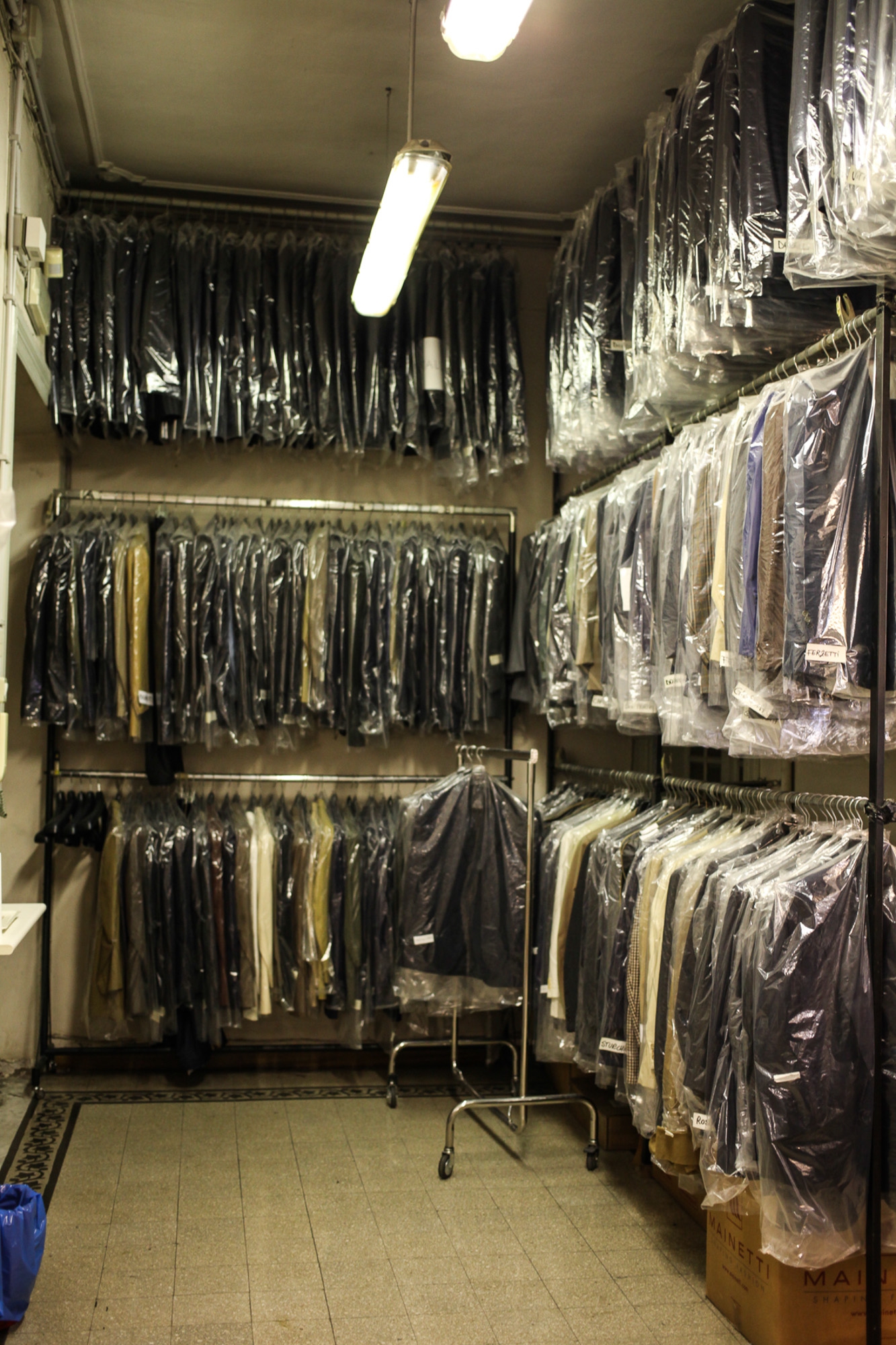
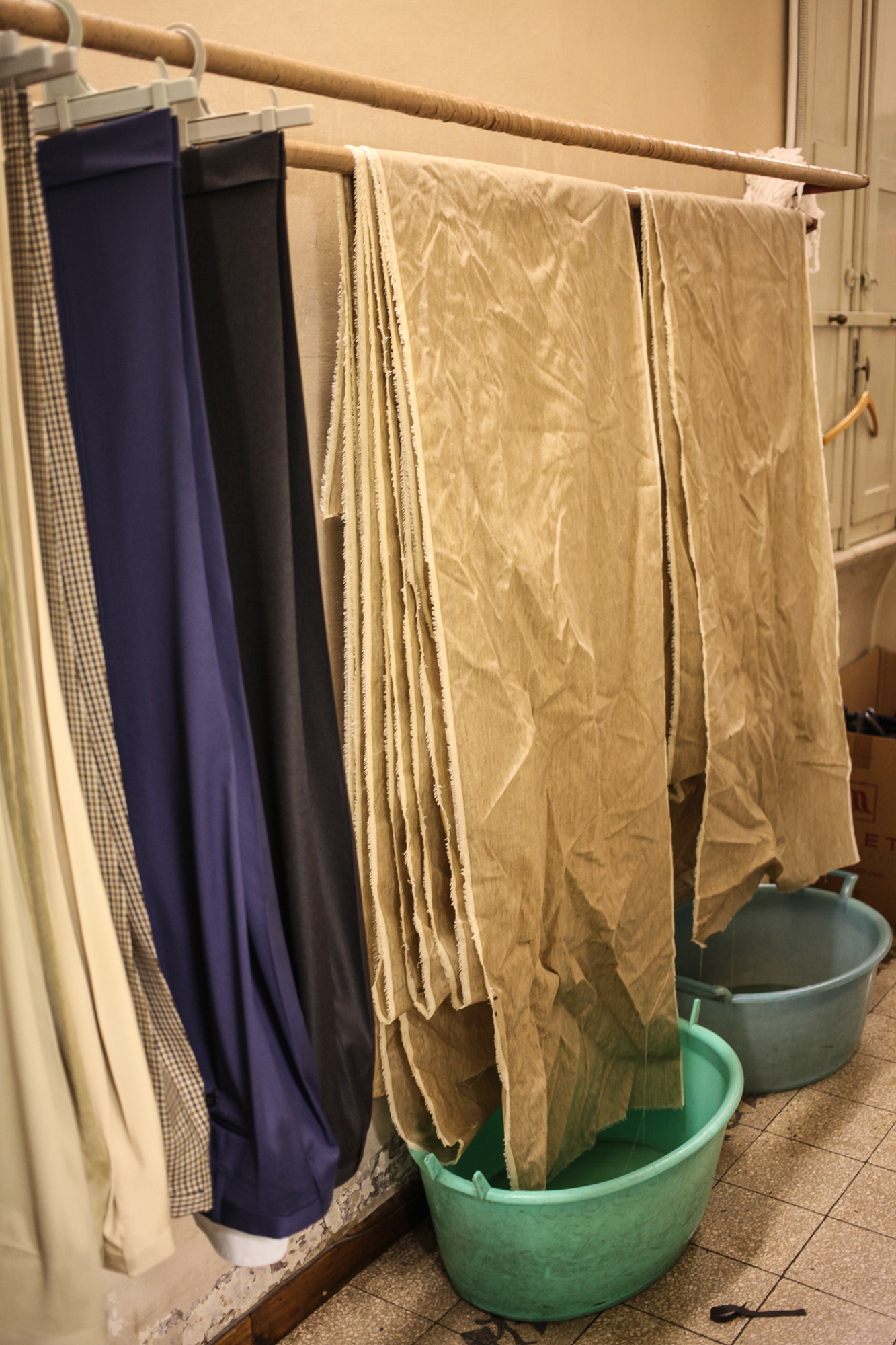
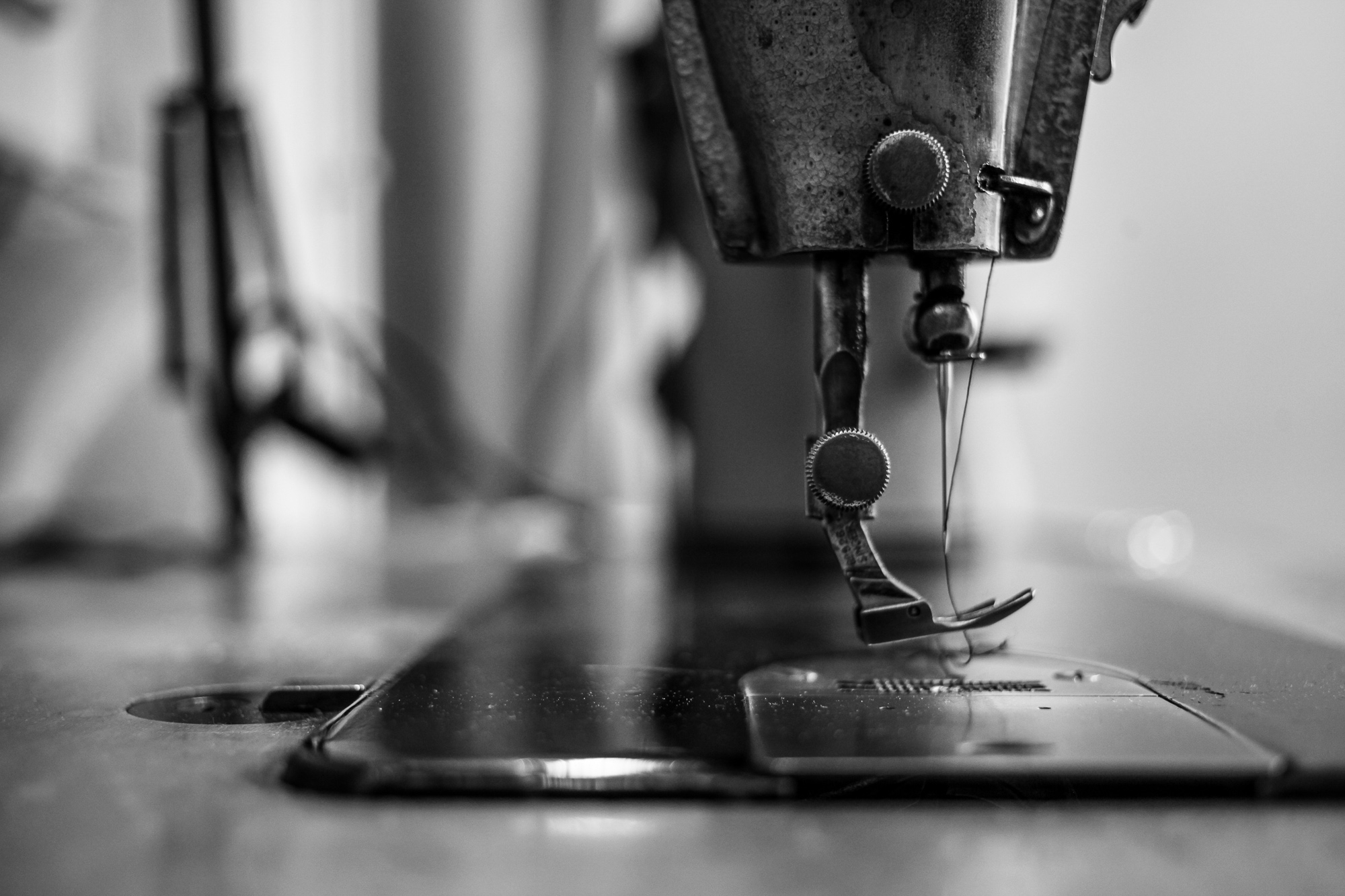
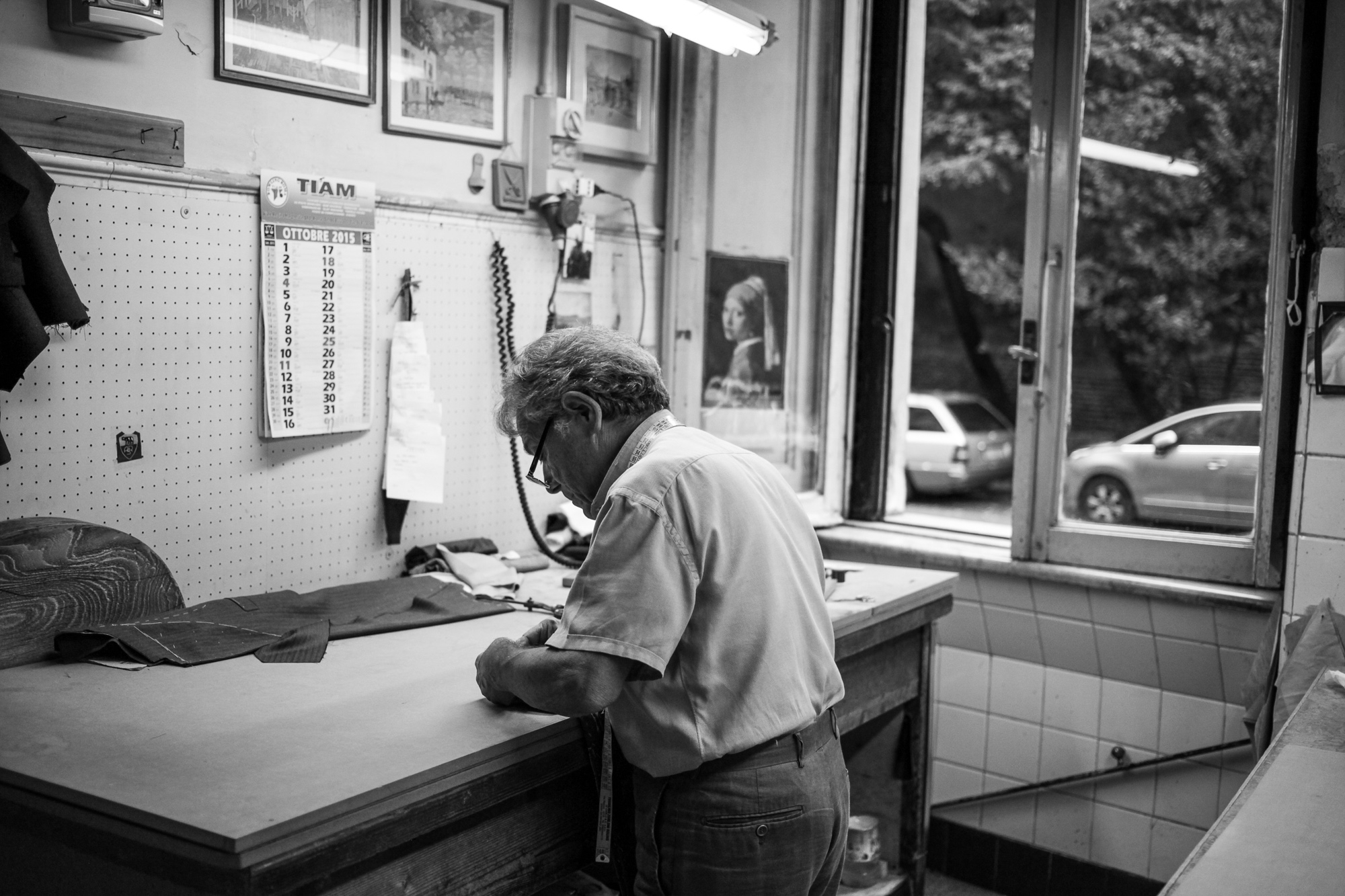
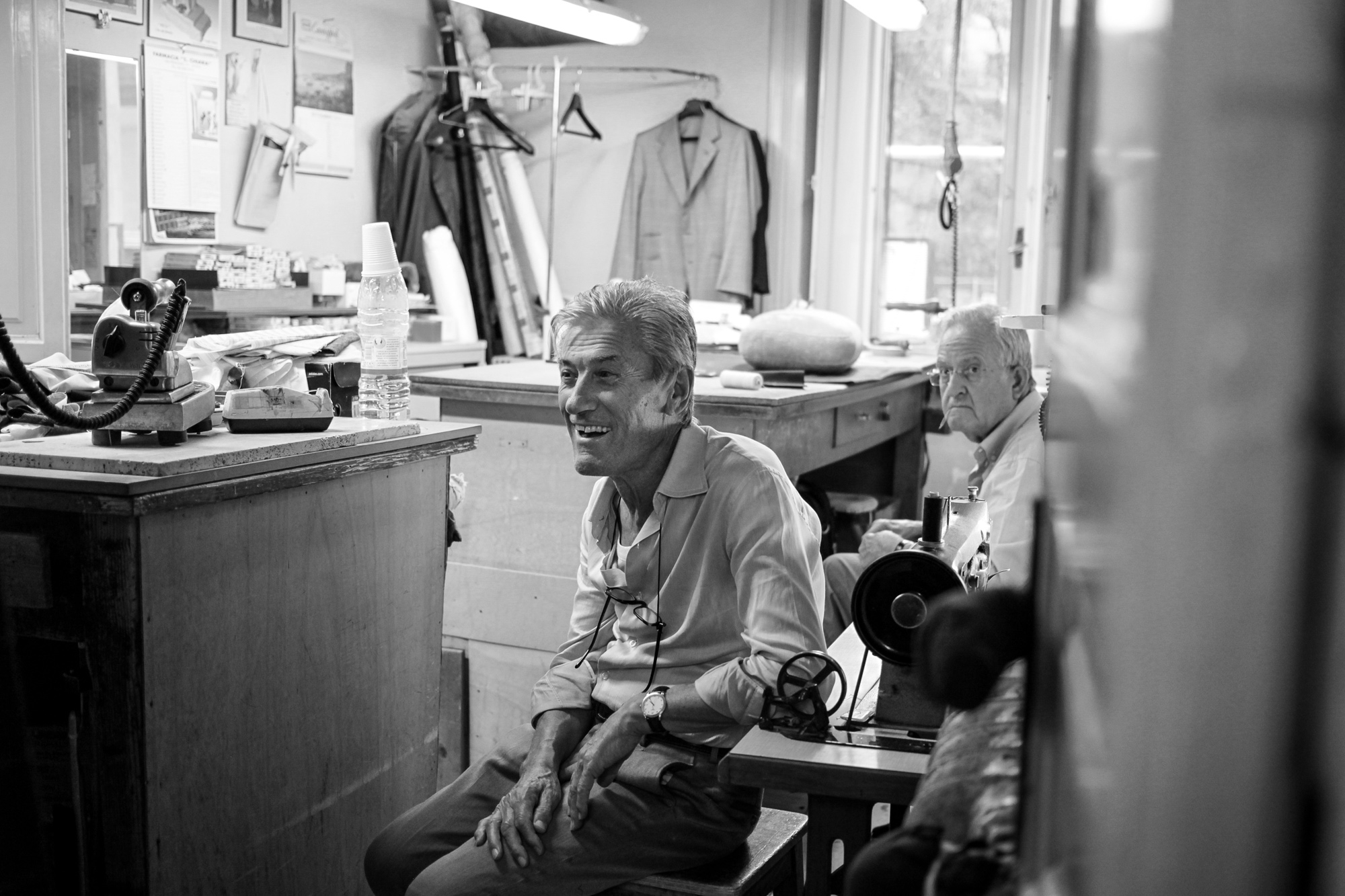
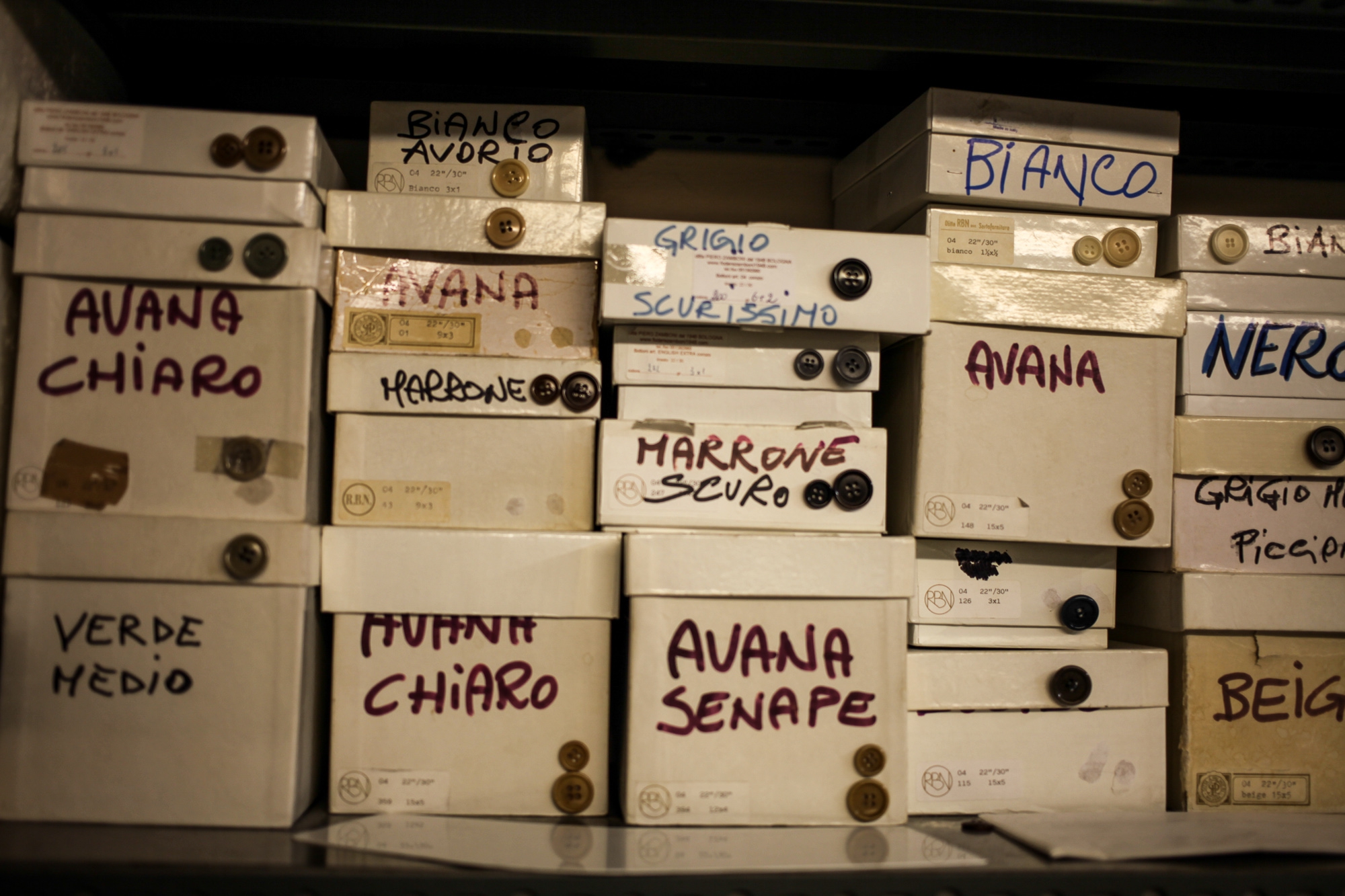
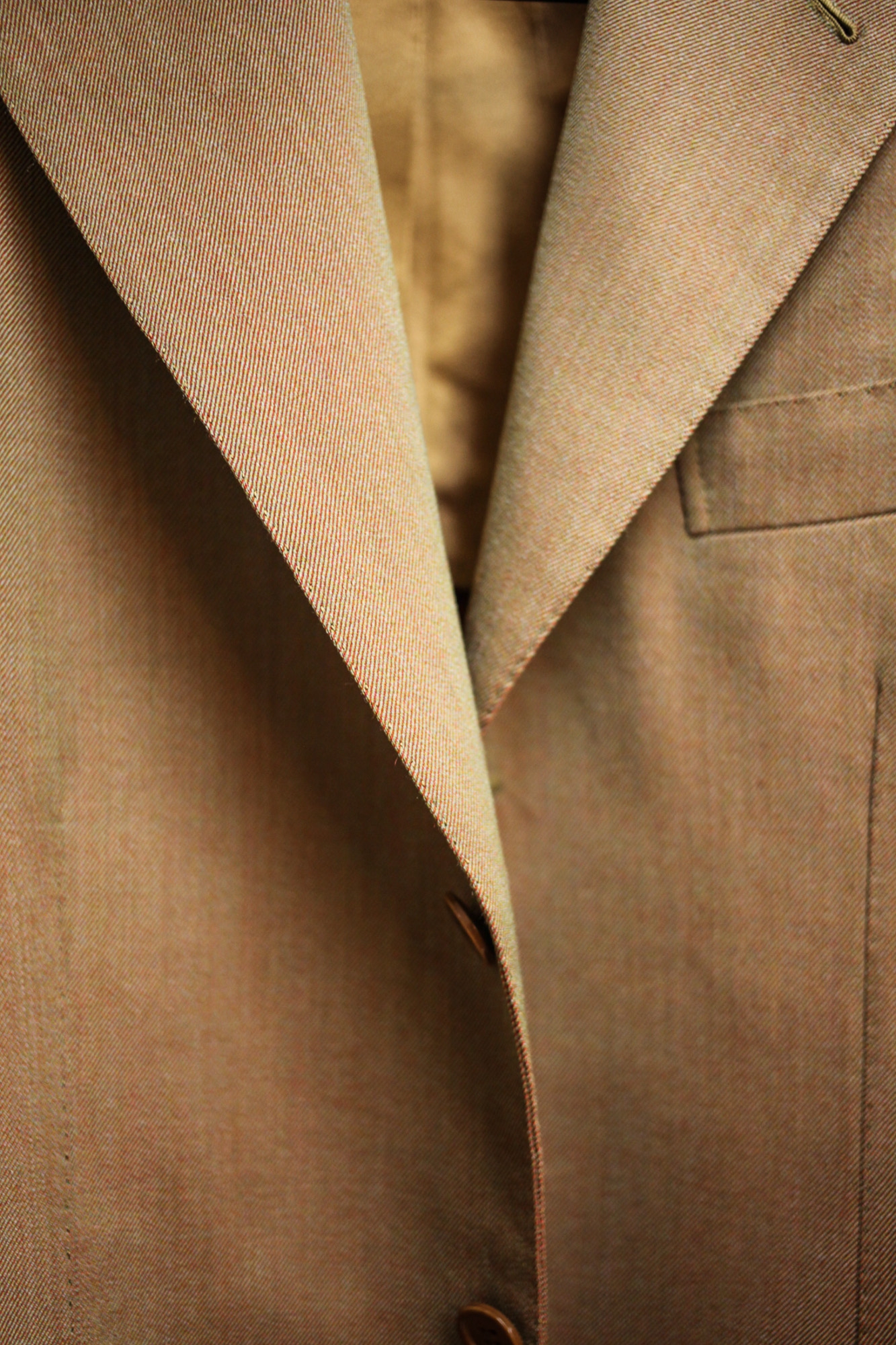
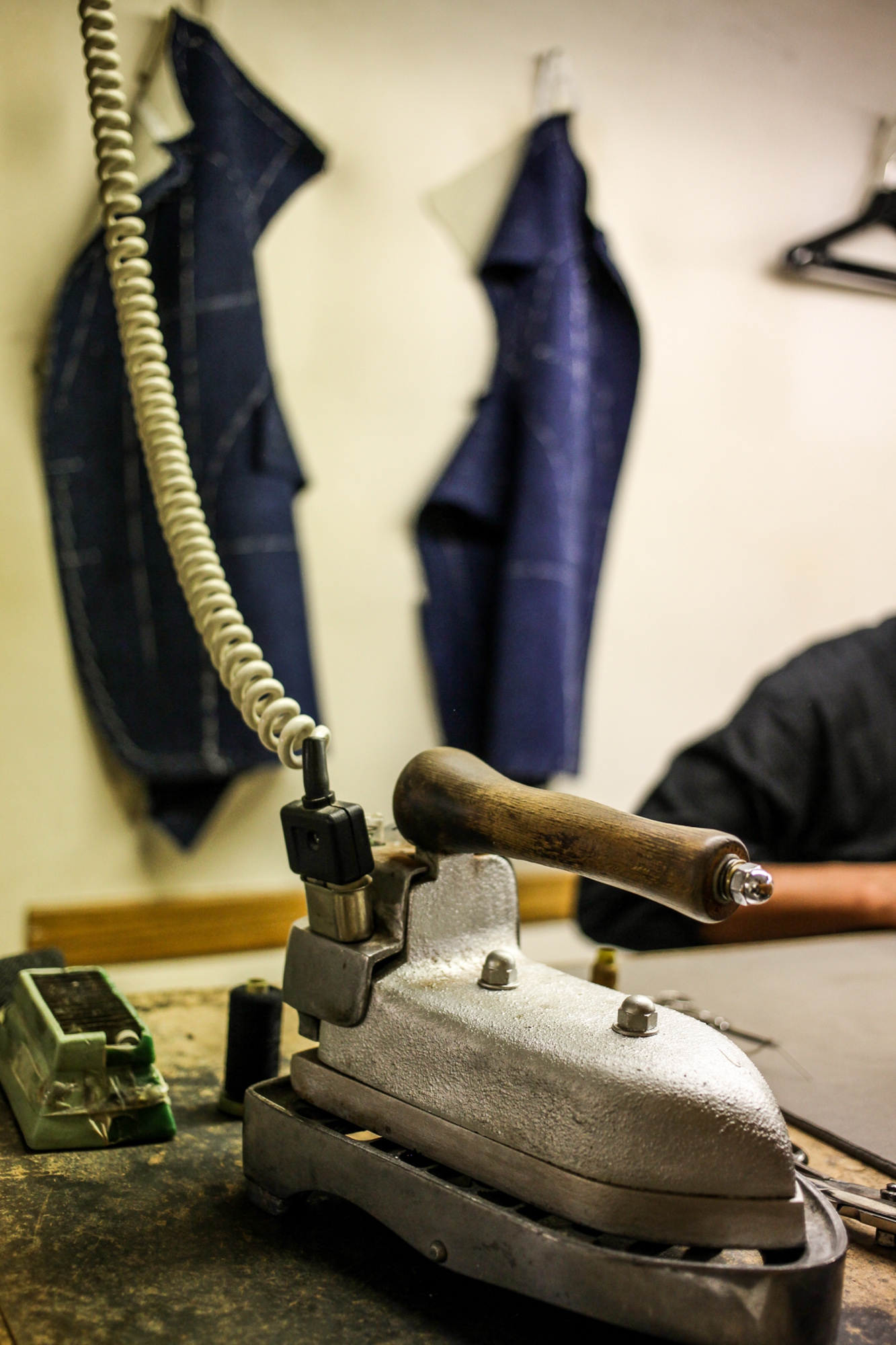
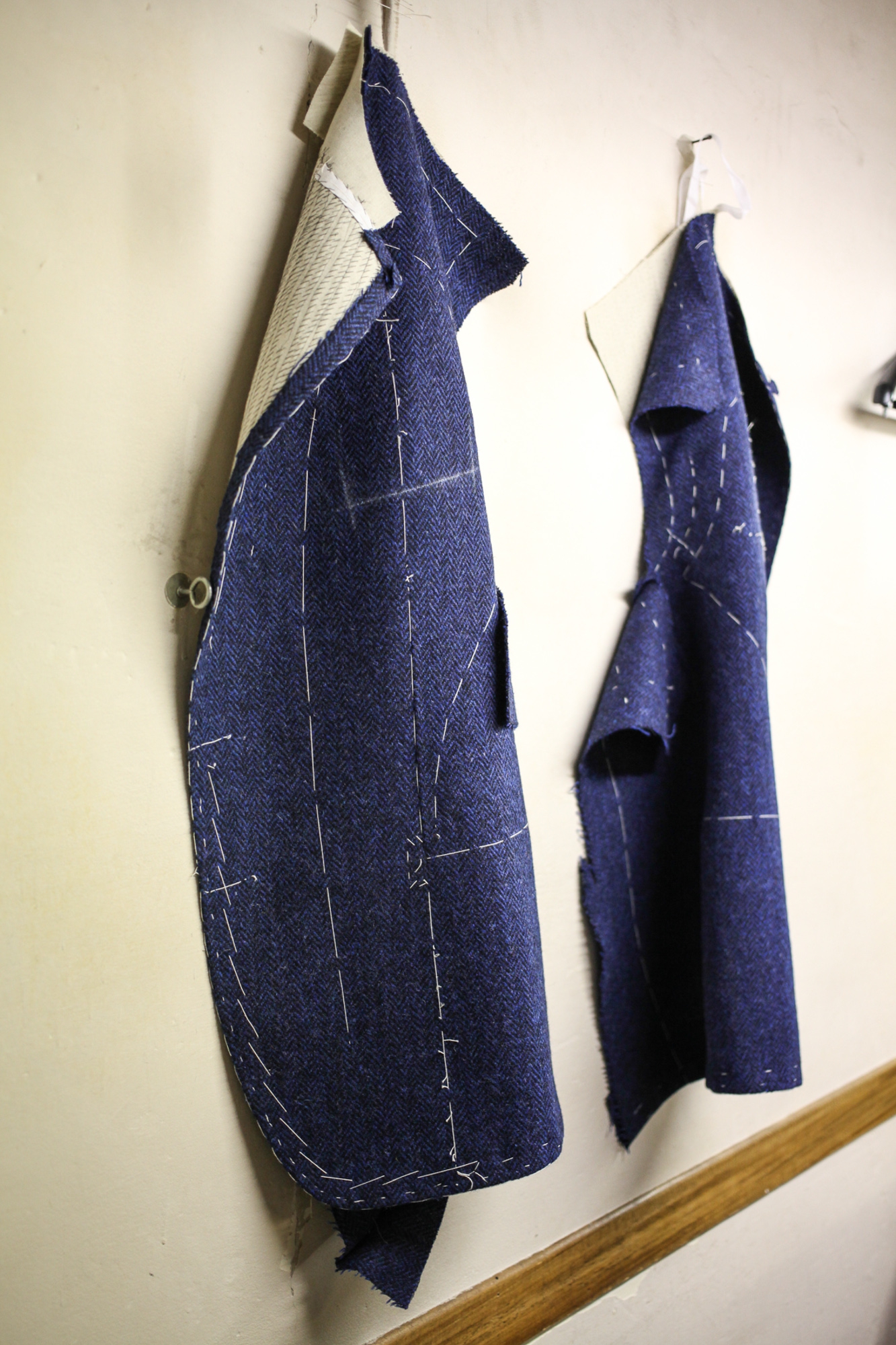
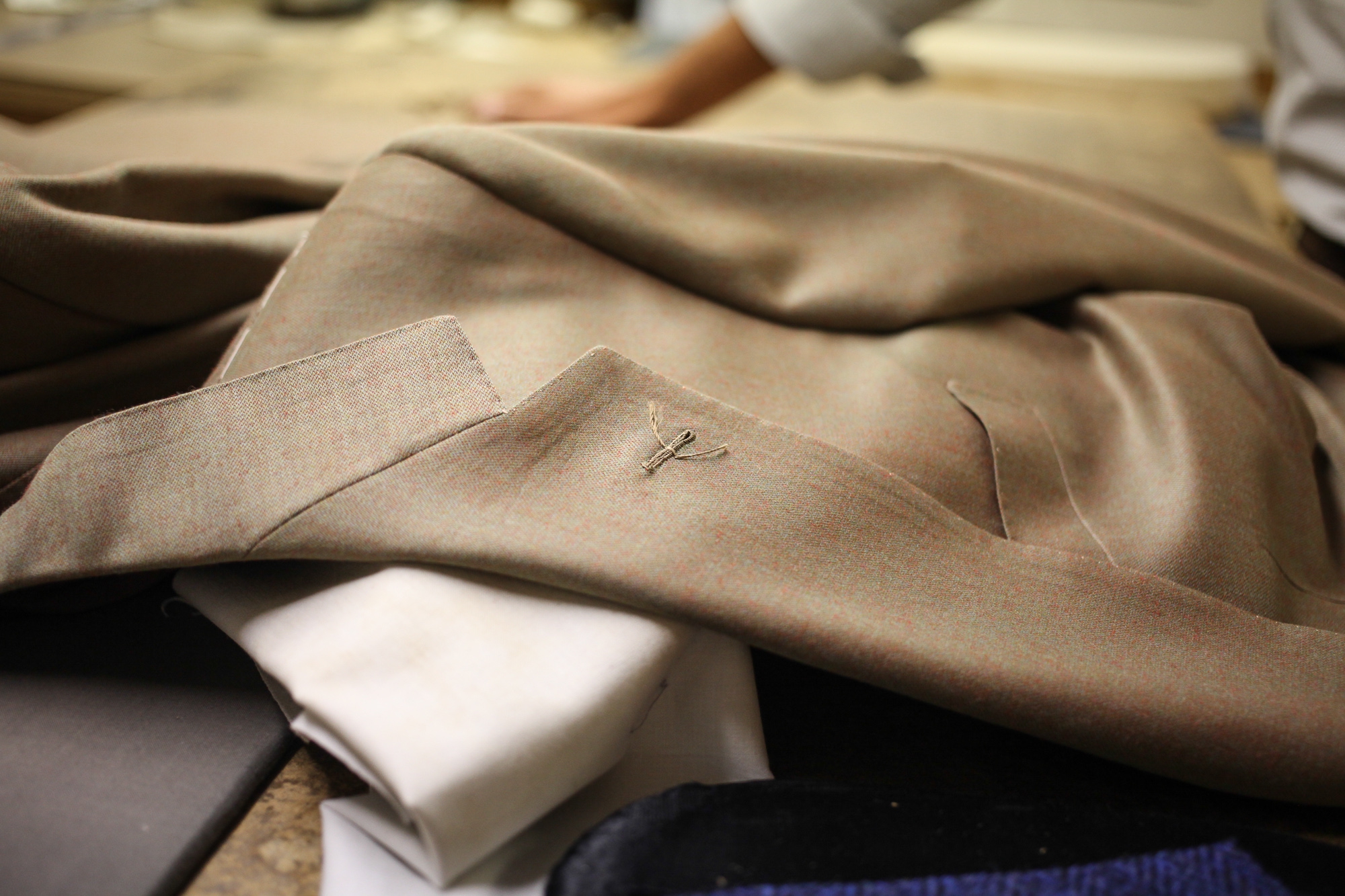
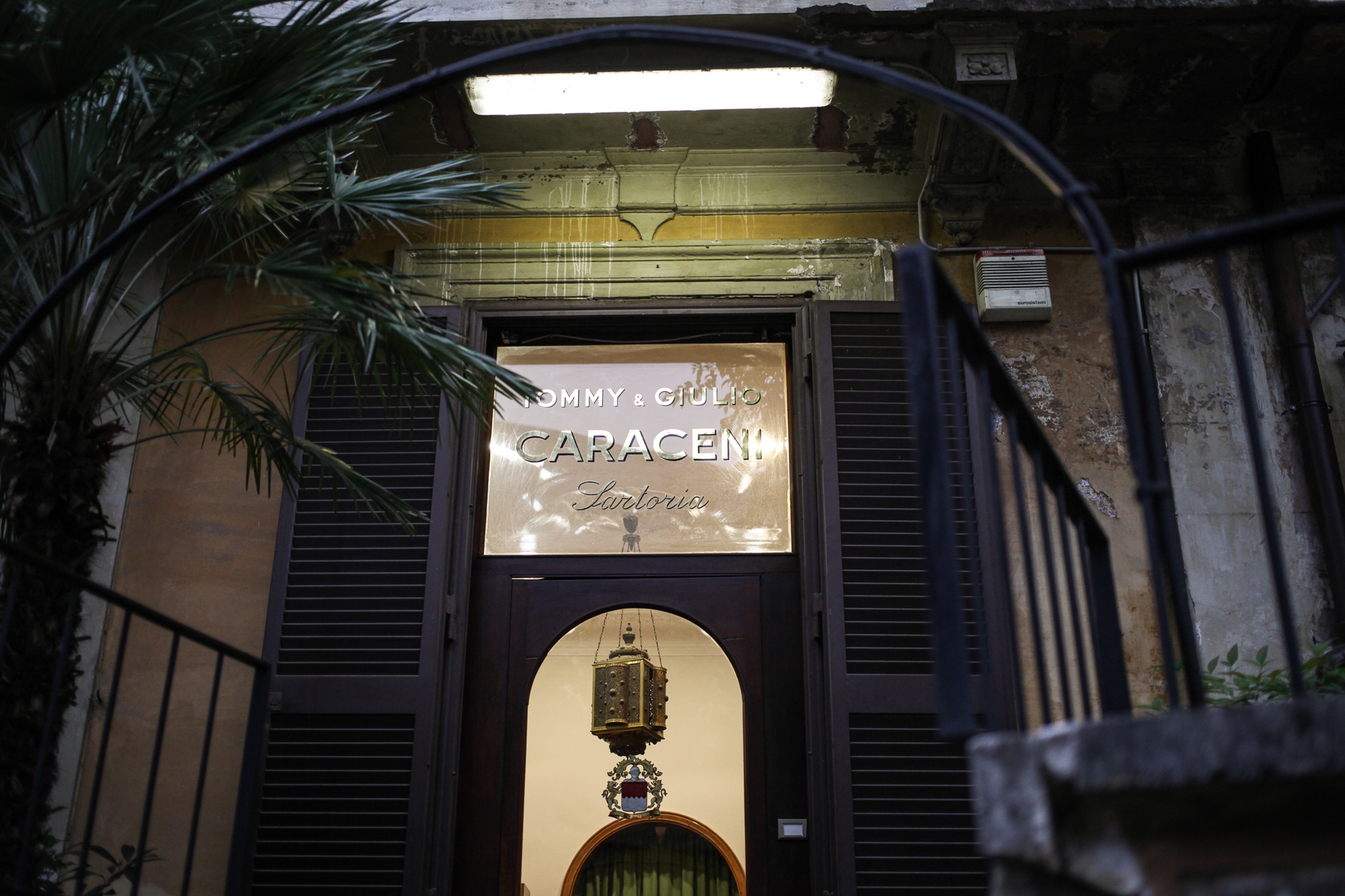
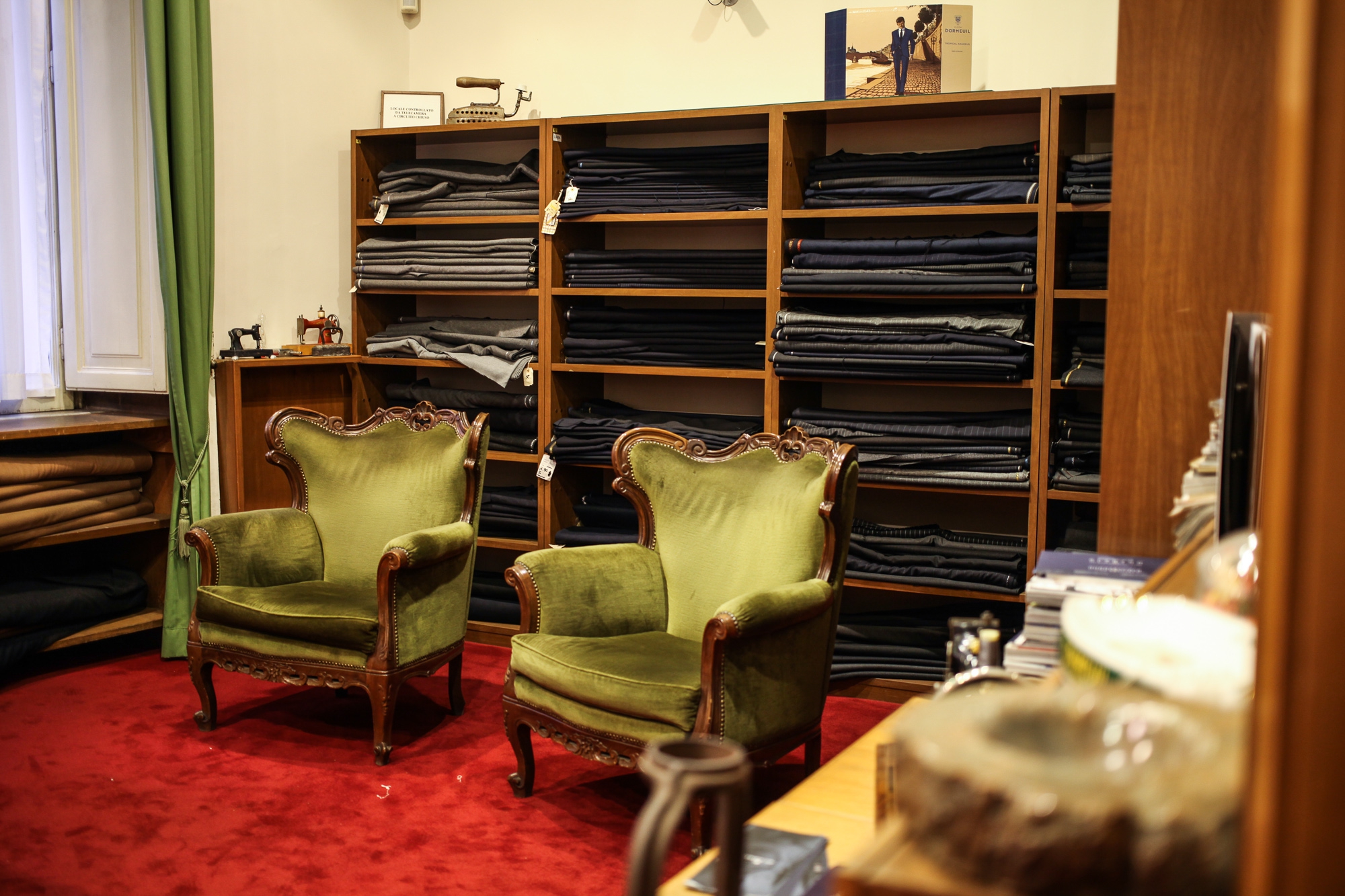
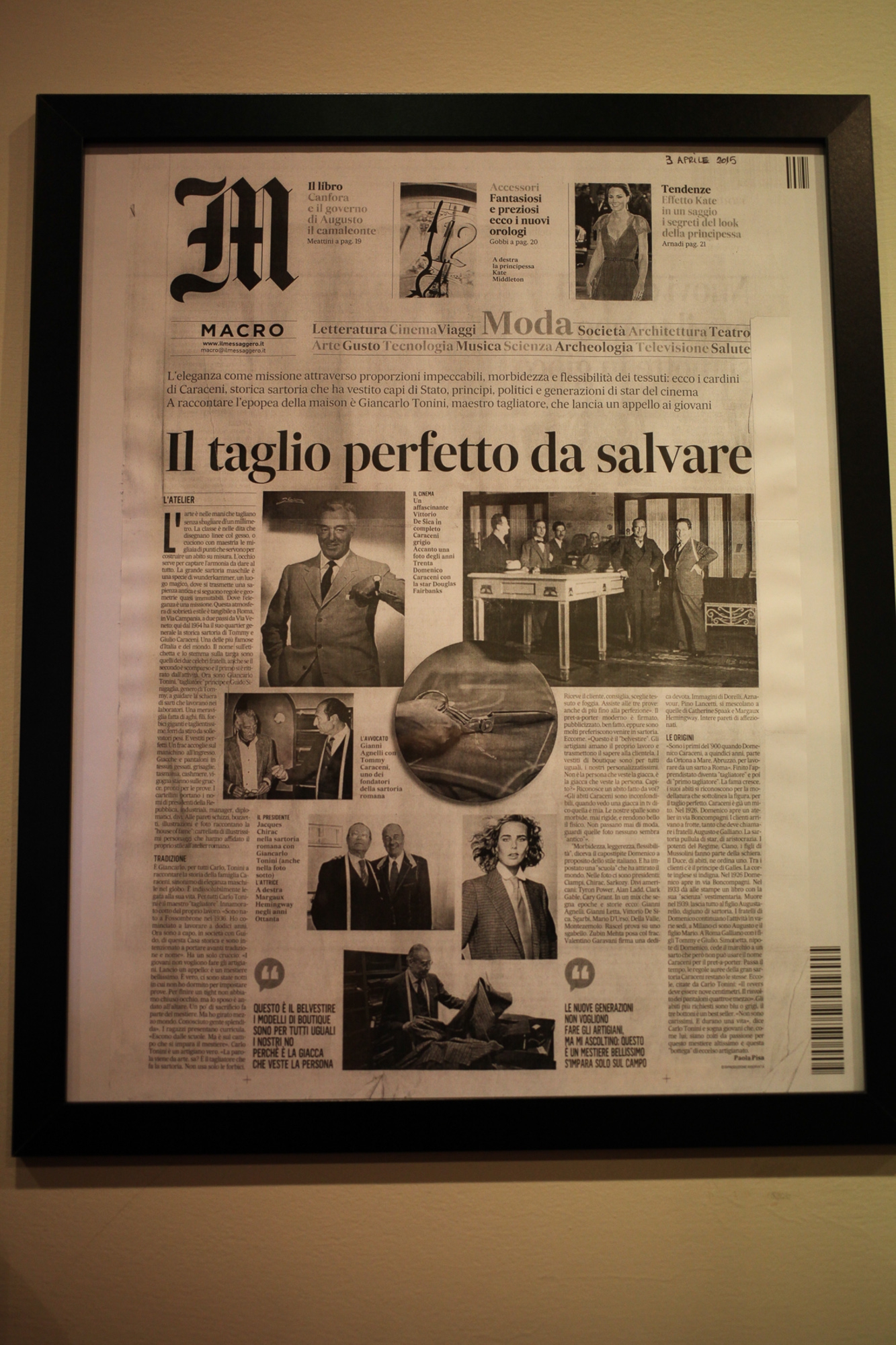
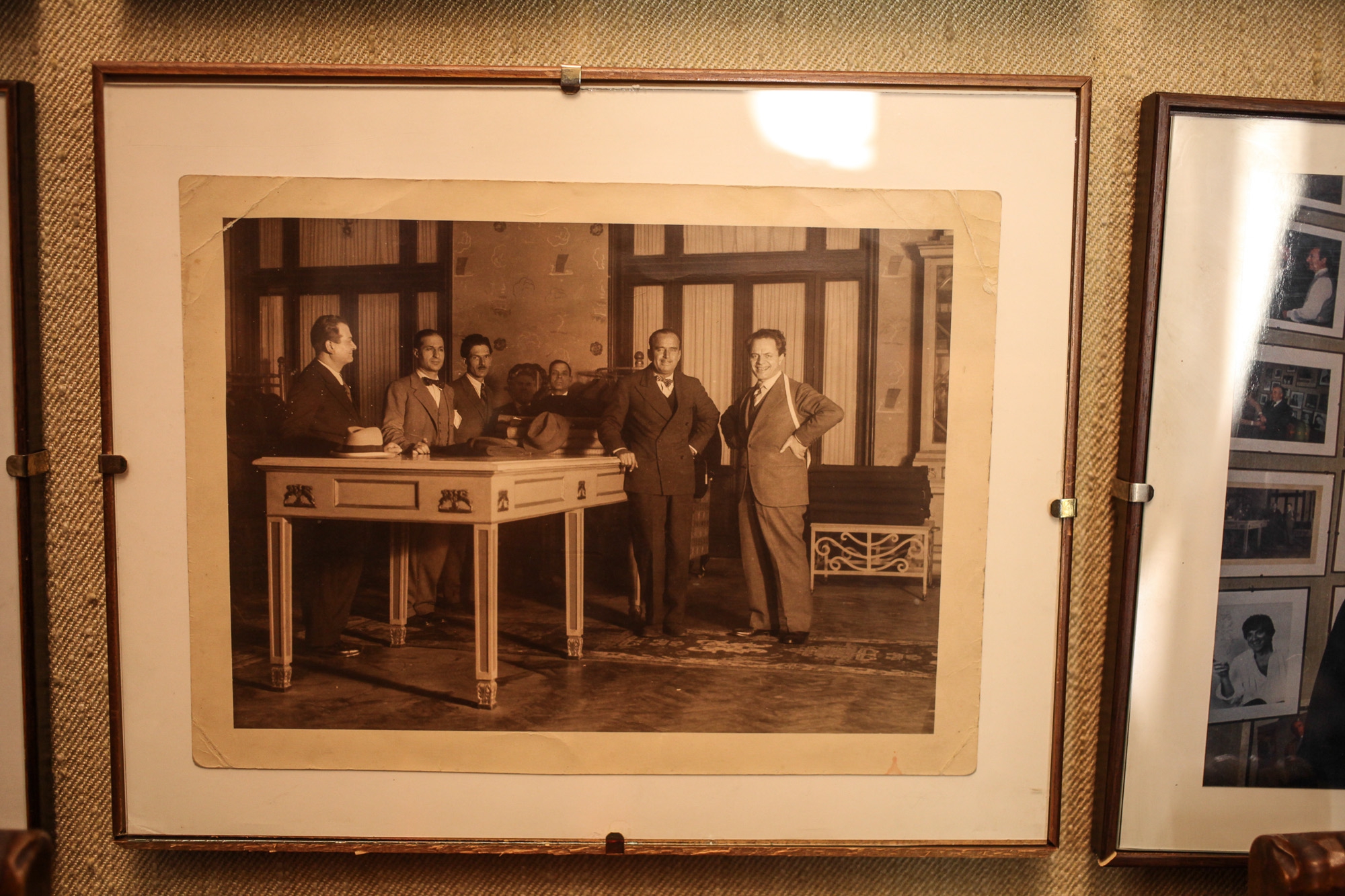
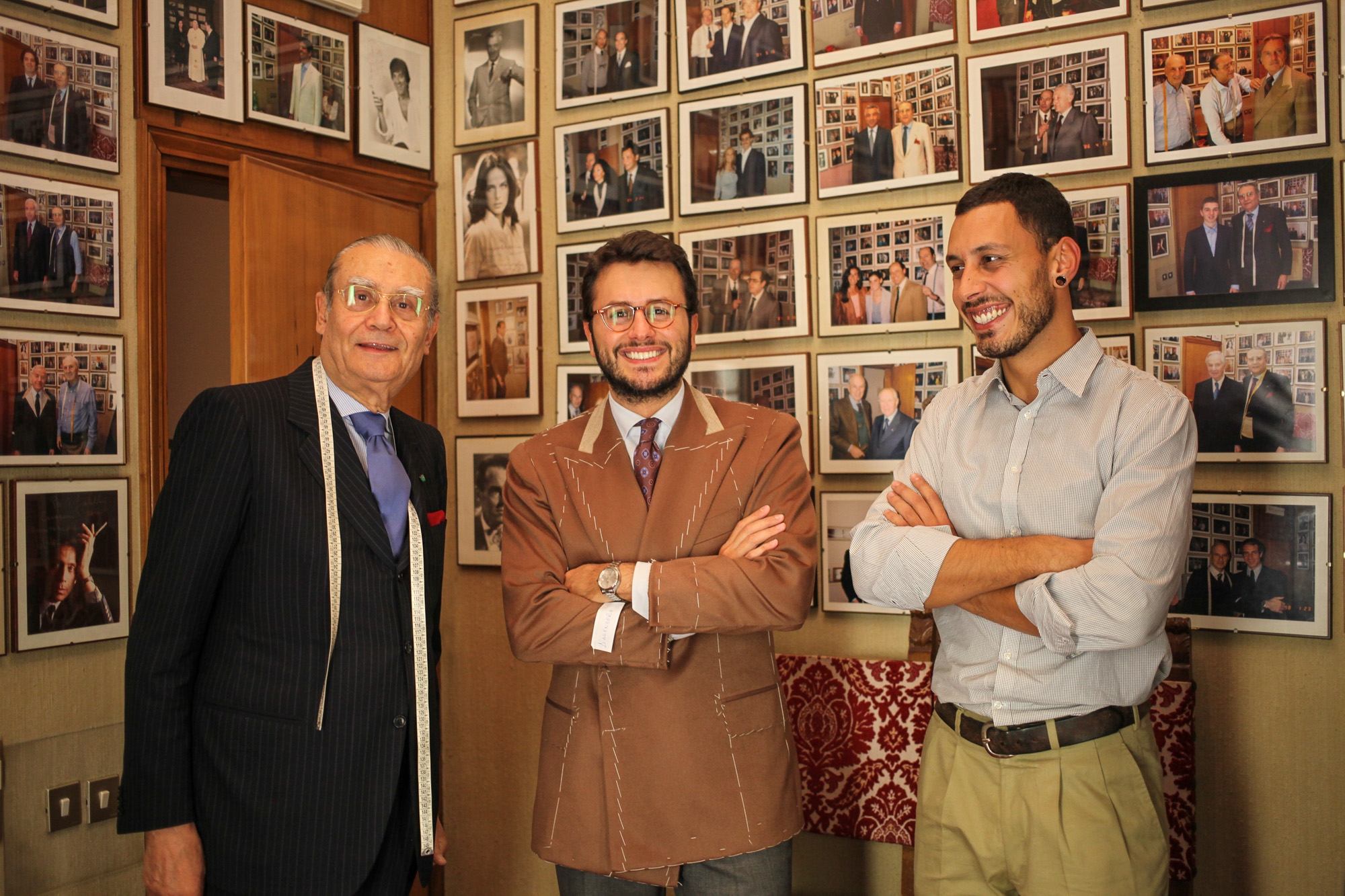
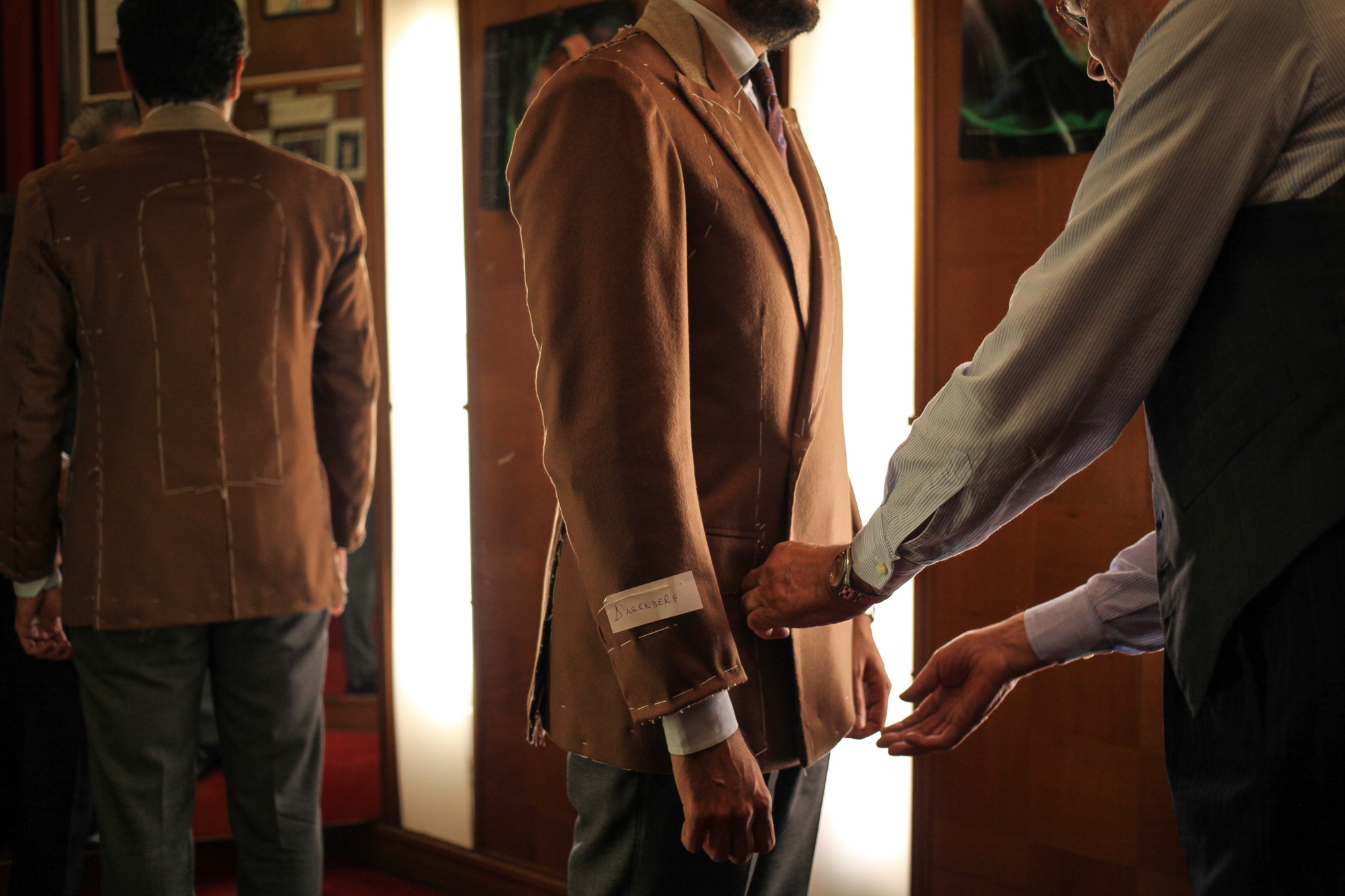
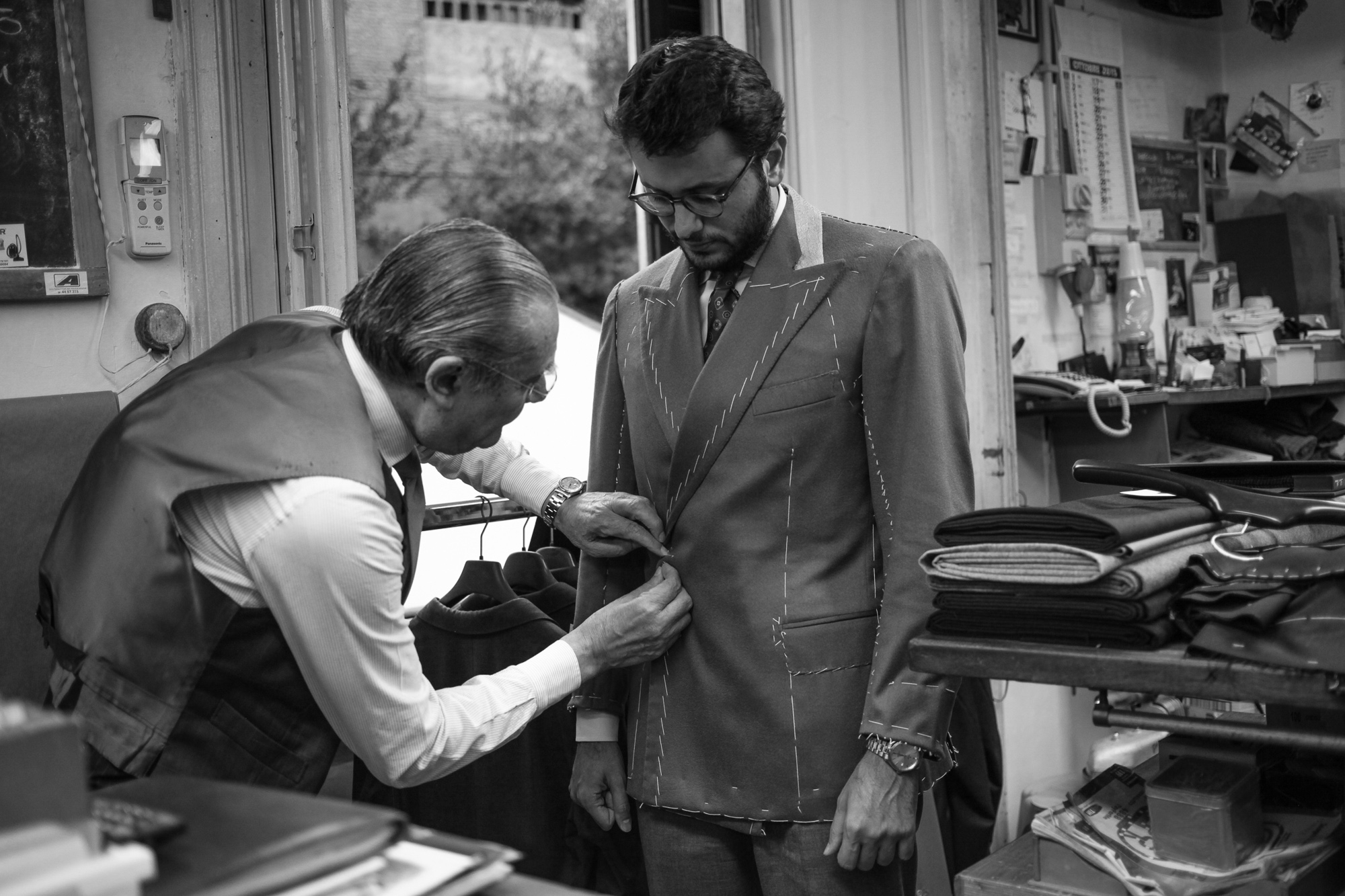
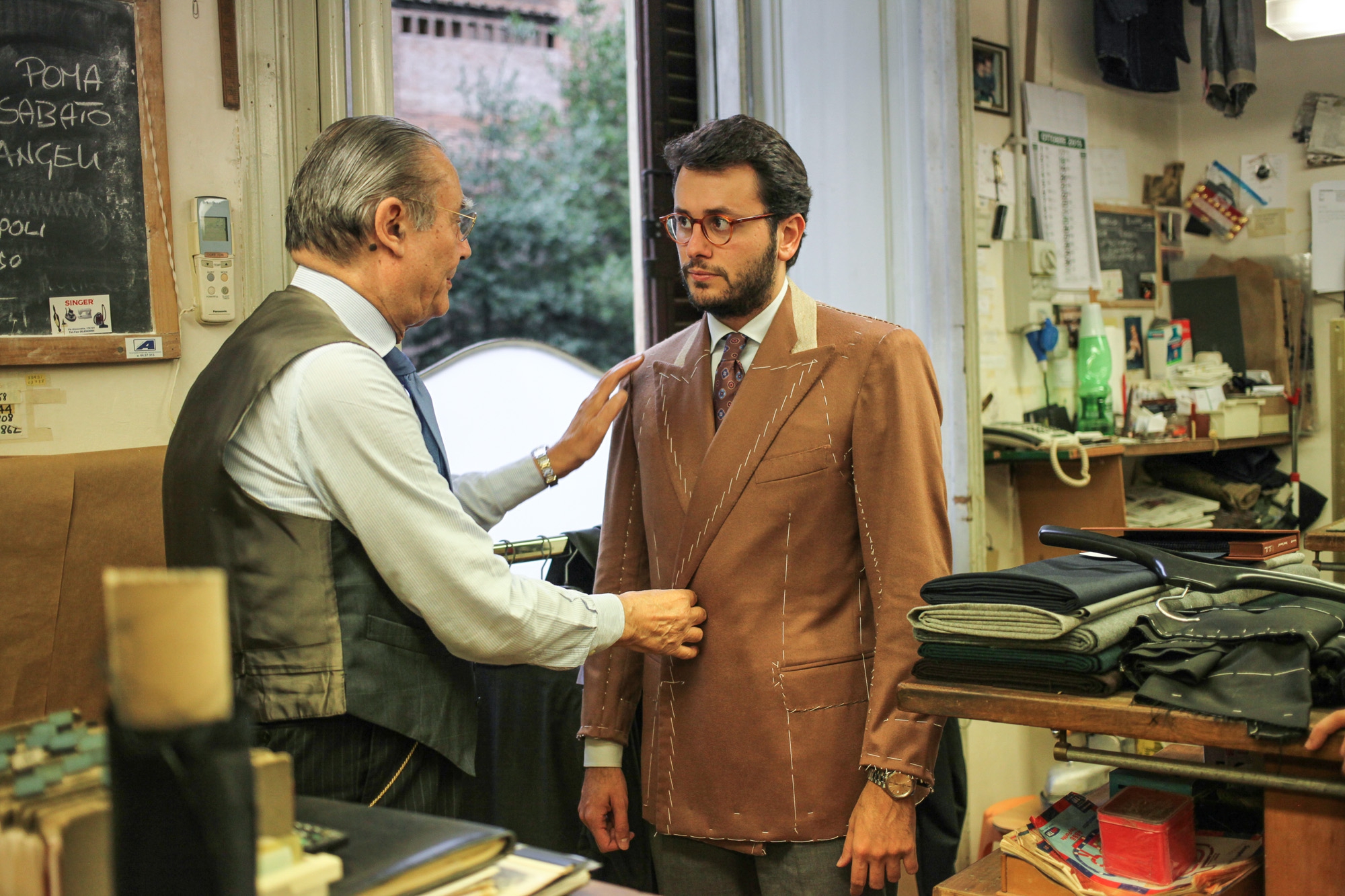
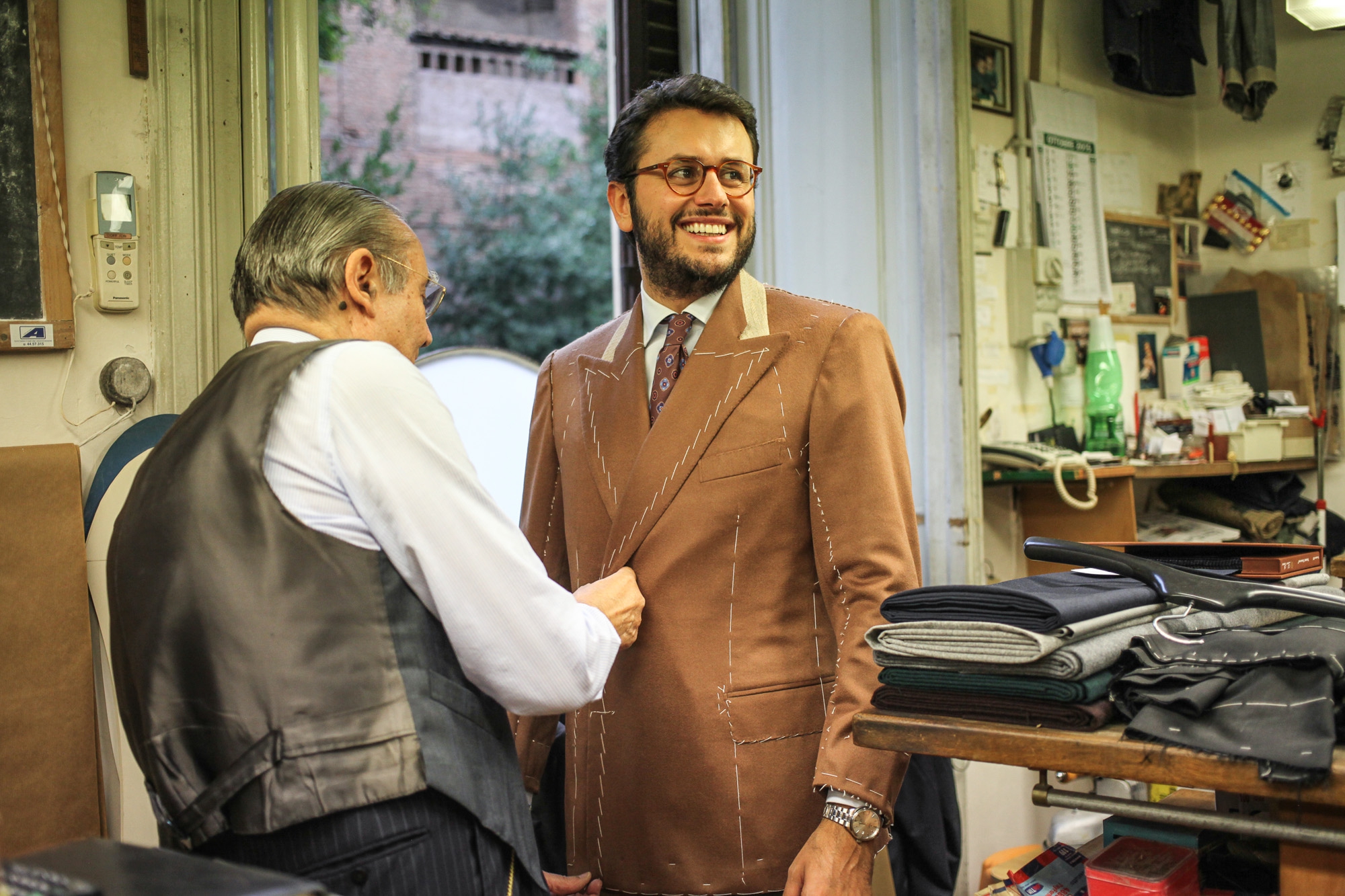
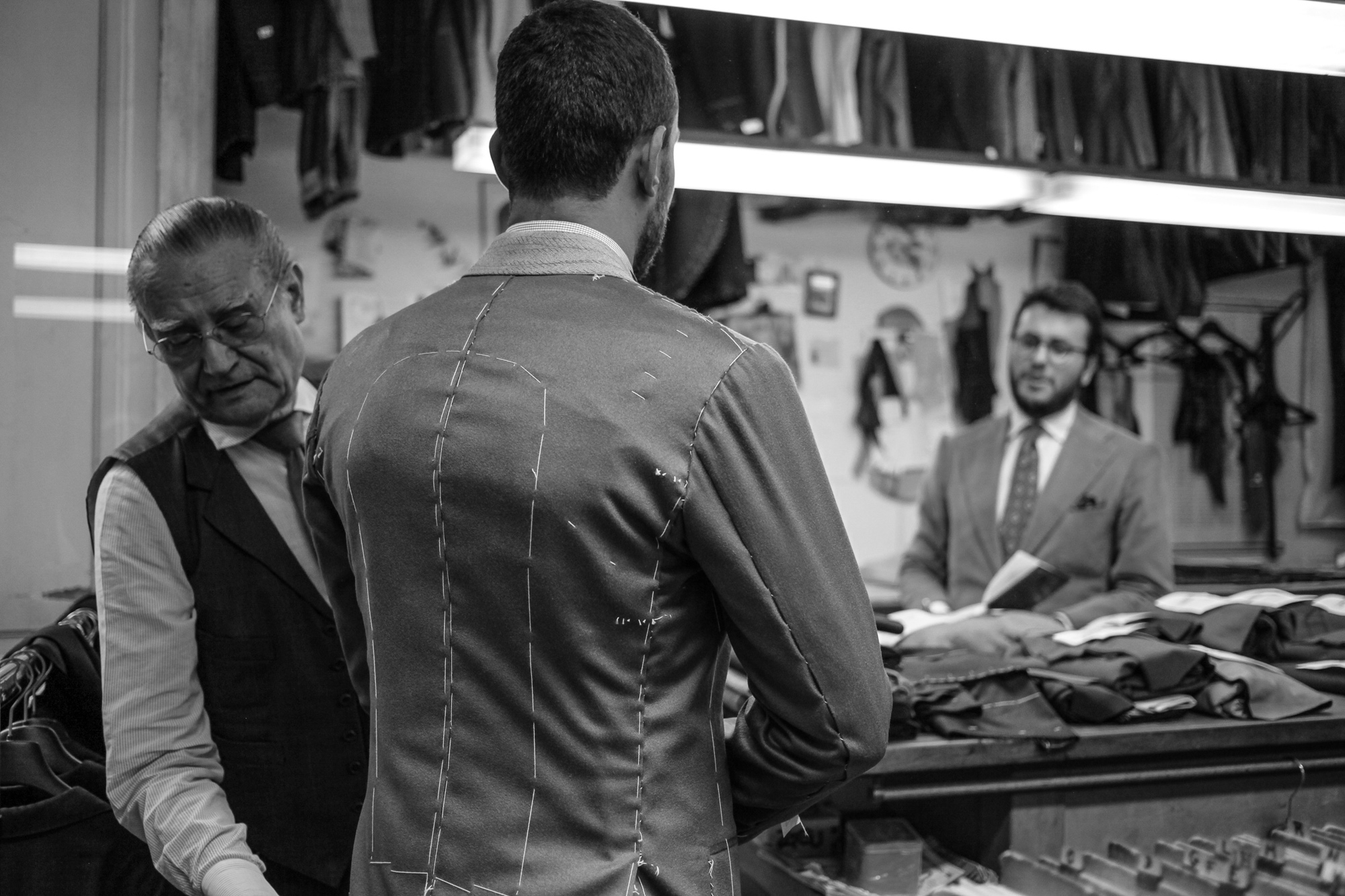
.jpg)
.jpg)
.jpg)
.jpg)
.jpg)
.jpg)
.jpg)
.jpg)
.jpg)
.jpg)
.jpg)
.jpg)
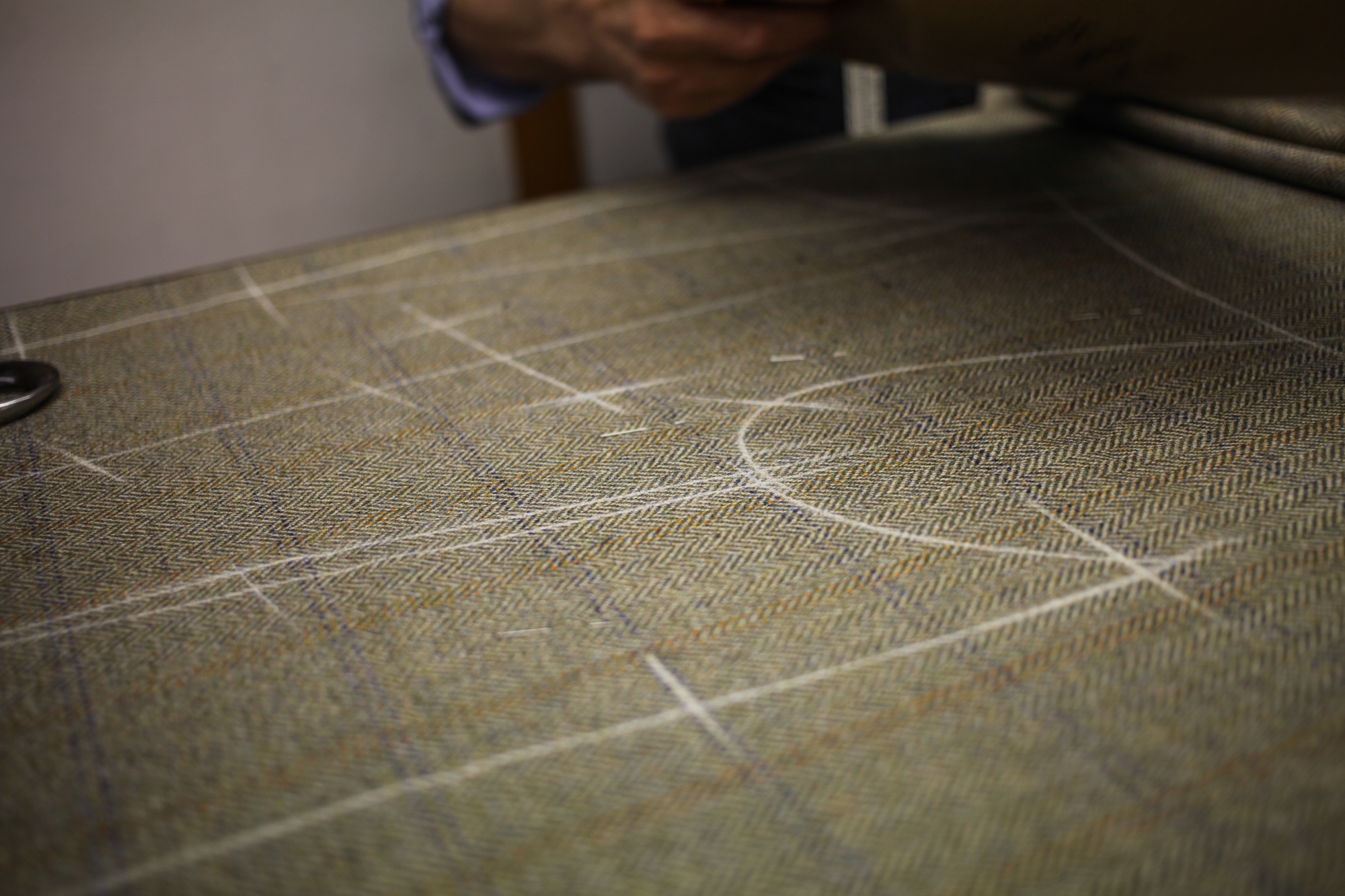
.jpg)
